|
Short and sweet this week and more intermittent over the coming few months. It's summertime and time to get outside and see what's going on. I hope you enjoy the warmer weather and have a safe season. We will be writing less for the next few months but still publishing images like the three here. Above, we have the sun setting over Utah in early May. What you are looking at is part of Canyonlands National Park. Below? Still Canyonlands National Park only this time it is closer to 3:00 a.m. Yes, there are people in the park that late, especially when it is a new moon and the skies are clear of clouds. What you see in the lower right are the lights from headlamps and the backs of cameras from a local night sky photography class. They are standing on the edge of a ledge that looks out over the canyon vista that is shown in the daytime image below. They can see the stone wall that separates them from the canyon but the canyon itself is a giant black hole at this hour. What you see above them is the Milky Way galaxy with it's galactic core in the lower to middle part of the frame. The arm of the galaxy rises from the core to the left. I am standing back away talking with a man who had finished a triathlon earlier in the day and came out to see a dark night sky. The image is a single exposure of about 20 seconds. -----
All photos and text are copyright Clinton Richardson. If you like these posts, please tell your friends about the Venture Moola blog at Readjanus.com. For more photos, check out at Trekpic.com. Feel free to share this blog. The more readers the better. Click here if you would like to get a weekly email that notifies you when we release new entries. Or, click in the side column to follow us on Facebook or Twitter. As the sign on my dad's office wall proclaimed about being a salesman - do you have to be crazy to be one - no, but it helps. I hope you will be persuaded otherwise after viewing the images in this post. They were taken last November, early in the month, and a great time to visit the hottest place in the country. Cool mornings and evenings and moderate afternoons made November a perfect time to visit this unique piece of American real estate. The image above marked the end of sunset at Zabriski Point. We arrived in the afternoon after a long drive through the desert from Joshua Tree National Park. When we arrived at Zabriski Point the sun was just beginning to set and we were greeted with the following scene. You can see the sunset reflecting off the mountains in the distance while the soft evening light creates an other worldly scene in front. I am not a big fan of selfies taken at national parks. You have to turn your back to the vista to get the photo which seems counter intuitive to me. But here, I will bet the couple returned with a great photograph from their trip. Twilight at Zabriski Point. There are great spots for day hikes in Death Valley. The image below is from the Golden Canyon Trail. We are actually hiking through the canyon valley pictured in the second picture above on the morning after we watched the sunset. Badwater Basin in the park boasts the lowest elevation and the highest temperatures in the park. In the image below, you see the basin and a pathway that lets you walk out into the basin. When you step onto the pathway, you are standing in the lowest point in the country at 282 feet below sea level. There are plenty of deserts and lots of mountains in the Park. And many Hollywood movies has been filmed here. Among the more familiar are two Star Wars movies, the Greatest Story Ever Told and Spartacus. The scene above and the one below give you a feel for the contrasts you will find in the Park. As the elevation changes, so do the ecosystems. The spot below, at Dantes Point gives a stunning view of the valley holding Badwater Basin (if you look the opposite direction). The one above, from Mesquite Flats, is probably the image we all have of what Death Valley should look like. And, then there is the sky. With broad vistas everywhere, it was never hard to find an interesting sunset. The image below was taken our last evening in the Park. Later after dinner, we ventured back out to see the stars. With little light pollution and a cloud cover that had cleared, we had great views of the star filled heavens. We were too late in the season to see the galactic core of the Milky Way - it was below the horizon - but thousands of stars lit the sky nonetheless. So, is a visit to Death Valley in your future? _ _ _ _ _ _ _ _ _ _
Next week we talk about Ancient Greeks in modern junkyards in a post called the Ancients Among Us. All photos and text are copyright Clinton Richardson. If you like these posts, please tell your friends about the Venture Moola blog at Readjanus.com. For more pictures of the cormorant or the great blue herons whose territory he is invading, see the Jurassic Cove Gallery at TrekPic.com under the heading New. And, feel free to share this blog. The more readers the better. Click here to subscribe to a weekly email that tells you when we issue new entries. Or, click in the column to the left to follow us on Facebook or Twitter. In the heat of August, the last thing on your mind may be the prospect of visiting a desert. It is probably hot enough where you are now to satisfy your heat desires. But, with the air conditioning running, give it a thought. Now is the time to plan a trip later in the year if you want to see the Great American Deserts when the temperatures are cooler. California's Joshua Tree National Park is beautiful with a desert countryside that is surprisingly full of life, including the a tree that looks like something Dr. Seuss dreamed up and landscapes that will look familiar to any Star Trek fan. The surprising Joshua Tree, so named by Morman settlers, is abundant in Park. The tree is actually a yucca plant, whose spreading branches are said to have reminded Morman settlers of the biblical figure Joshua with outstretched arms. They are most abundant in the Mojave Desert part of the Park but you can find them in the Colorado Desert ecosystem as well. This latter desert also supports the Cholla (or teddy bear) Cactus. A large bed of them can be found at the Cholla Cactus Garden feature of the Park. This specimen supports a cactus wren nest. It is a fun place to catch a sunrise. The colors of sunset seem to infuse the cactus needles with color, making the cacti glow. If you fly into Palm Springs and out of Las Vegas, you can combine two national parks into one visit. From Joshua Tree you can drive, through miles of desert, to Death Valley National Park with the lowest elevation and the most unforgiving heat in North America. As the images in this post from a recent November trip show (above a perfect location for a Star Trek episode in Joshua Tree NP), late fall can be a perfect time to visit the Southwestern Deserts. We took a week and visited both parks. Cold evenings, cool mornings and temperate afternoons with days long enough to see the sights make this a great time to see this unique part of the United States. The dark skies, with minimal light pollution, also made it a good time for viewing the night sky. Great weather for hiking with light crowds and a quirky family-owned inn to stay in with great food and nightly entertainment made Joshua Tree a great place to spend some time in November. We will return. But for now, it is on to Death Valley National Park on the eastern border of California, just a few miles from Las Vegas. For us, the drive is a chance to catch up with the others on our tour. There were just seven of us but, as is often the case when you travel with Off the Beaten Path, there were some interesting stories in the van and some shared memories to revisit. Next week we will talk about prepping for a visit to Kenya and a safari in the African wilderness. All photos and text are copyright Clinton Richardson. If you like these posts, please tell your friends about the Venture Moola blog at Readjanus.com. For more pictures of the California Desert see the Gallery of the same name in the American West Collection of TrekPic.com.
And, feel free to share this blog. The more readers the better. Click here to subscribe to a weekly email that tells you when we issue new entries. Or, click in the column to the left to follow us on Facebook or Twitter. It was places like this at Yellowstone that ushered in the era of dinosaurs hundreds of millions of years ago after killing off most of earth's life and a subsequent period of recovery that took millions of years. Today this odd spot in northwestern Wyoming is where a current of the earth's magma has gone off course and created an incredibly hot stream so close to the surface that geysers like Old Faithful spout steam into the atmosphere on a regular basis. About 252 million years ago, scientists believe this movement of magma from the earth's core to its surface became more norm than exception creating in Siberia alone cracks in the earth's surface that spewed magma and toxic gasses over an area larger than Western Europe. The result was a toxic planet of hyper volcanic activity that destroyed more than 90% of the species on our planet - a mass extinction - and took millions of years to subside. It was the end of the Permian age and most of its many creatures. Animals now referred to as edaphosaurs, dimetrodons, eryops, and most archosaurs, amphibians, and fish perished. But as time passed, and things normalized, it became an opportunity for new animals, the dinosaurs, to fill niches that no longer had edaphosaurs or dimetrodons for competition. The dinosaurs would turn out to be extremely successful and diverse. For those of us raised in the 1960s and 70s, this may seem like an odd statement. After all they went extinct and were slow moving creatures of limited intelligence, at least so we were taught. But exploration and discovery over the last several decades has debunked that view of dinosaurs. And new tools have enabled paleontologists to puzzle together a more accurate view of life in the age of dinosaurs, one that is much more complex and intriguing. New dinosaurs are discovered at a rate of one per week these days adding more knowledge about who these creatures were and what their lives were like. Think there is nothing relevant to learn from dinosaurs? Think again. Their era on this fragile and ever changing planed last from 252 million ago to 66 million years ago, a staggering 186 million years. Compare that to the 200,000 years humans have been on the planet or 6 million years for our ancestors and you will understand that dinosaurs just might have something to teach us. Imagine what we humans might be if we survive half as long as the dinosaurs, for say a mere 90 million more years. Recent dinosaur discoveries include a complete fossilized skeleton of the Zhenyuanlong, a mule sized flying dinosaur with preserved bone and feathers that had delicate legs like a modern Great Heron. Found in China in 2014, it looks much more like a modern-day bird than a dull witted, slow moving 'dinosaur.' Which brings me back to the present, the joy of spending time at Yellowstone National Park with its amazing geothermal features and the recent excitement of discovering a colony of Great Blue Herons nesting along the shore of a North Georgia lake. Both are reminders of the great diversity of our planet and life.
Its a great time to be alive, if only we can survive the changes facing our planet as well as did the dinosaurs. ---------- Images and text copyright Clinton Richardson. To see more images from Yellowstone or of the Great Blue Herons at what I call Jurassic Cove, check out our galleries at TrekPic.com. If you like these posts, please tell your friends about the Venture Moola blog at Readjanus.com. And, feel free to share this blog. The more readers the better. Click here to subscribe to a weekly email that tells you when we issue new entries. Or, click in the column to the left to follow us on Facebook or Twitter. We start with a little background for the photos and this blog. The ecosystem that contains Yellowstone and Grand Teton together with parts of northwest Montana are the only places south of Canada that still have large populations of grizzly bears. Once the bears' range included the mountains and prairies of much of the American West. Now it is much more limited. Females can weigh up to 400 pounds and males almost twice that much. They are larger than their black bear cousins and more aggressive. They are impressive to see. Even their Latin name is impressive - Ursus arctos horribilis. Their color ranges from black to blond A single horribilis may range over hundreds of miles during his lifetime. A male might range as far as 2,000 miles over his lifetime. Females, as far as 550 miles. An estimated 700 bears make their home in the Yellowstone, Grand Teton ecosystem which includes about 20,000 square miles of territory. The males tend to be solitary and avoid roads. Females with cubs are what you are likely to see at a Yellowstone bear jam, as they seek the protection that comes from being in areas the male grizzlies avoid. Male grizzlies have been known to eat grizzly cubs. Their principal diet includes insects, rodents, elk calves, cutthroat trout, roots, pine nuts, grasses and large mammals. Females give birth during hibernation and stay with their cubs for two years. And, oddly, while the Park Service states that there is no evidence that grizzly bears are “overly attracted to menstrual odors,” their web site does post a series of recommendations to menstruating women on what to do to reduce the risk of an attack. Apparently, this is a topic of much discussion. The bears you are seeing are a mother and her old cub. Our encounter with them in Yellowstone followed a traditional pattern. We had disengaged Magic Mike (see our May 24 post – Magic Mike and the Otter) and were driving around the park on our own. When we headed south from Mammoth Hot Springs we were delayed by a team reconstructing the main road. The road team said there were of grizzlies in the area. Sure enough, when we exited the construction area we were greeted with the sight of dozens of cars pulled over and visitors with their cameras and binoculars looking to the west. We joined the group and watched a mother and cub tearing up wet ground and nuzzling below for acorns and other seeds that had been cached there earlier by pocket gophers. It was shocking to see how easily mother or cub could toss a tree trunk out of the way. A swipe of the paw was all it took to dispatch a large log. If you look closely at the previous picture you can see where the bears tilled the soil as they dug their way down to the pocket gopher caches. This was our last animal siting of the day. The bears took their time eating and walking over to a nearby stream to drink. We slowed down as well, drinking (sorry for the pun) in the scene and enjoying the cool soft air and the company of others watching the bears. So, what are you seeing above? The first photo is the cub with his nose muddied from all his digging. The second is the mom. The two are together in the third and forth photos which show the ground dug up and their stroll to a nearby stream. _ _ _ _ _ _ _ _ _ _ Next week we take a break and revisit a discussion from an earlier blog about whaling and venture capital. All photos and text copyright Clinton Richardson. These and other images from Yellowstone and Grand Teton are posted in the Wild Wyoming Gallery of the American West Collection in the TrekPic.com website. If you like these posts, please tell your friends about the Venture Moola blog at Readjanus.com. And, feel free to share this blog. The more readers the better. Click here to subscribe to a weekly email that tells you when we issue new entries. Or, click in the column to the left to follow us on Facebook or Twitter. 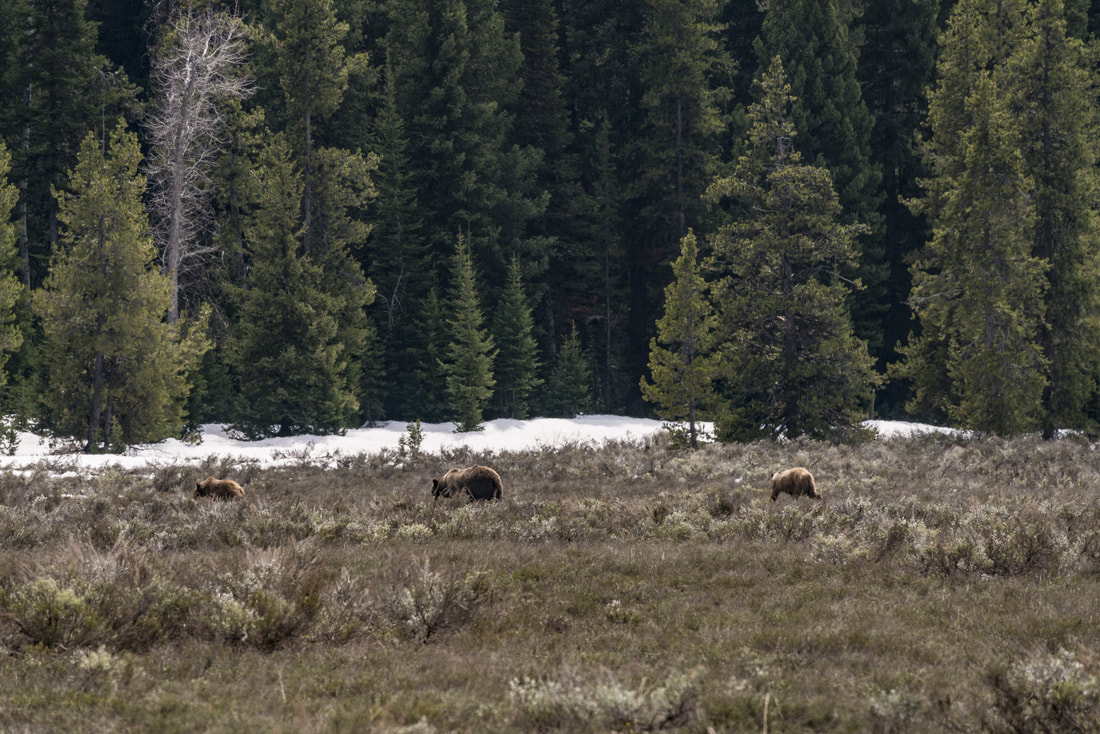 So, after our close encounter with a moose, we finally get to the bears and watch grizzlies from a safe distance. No adrenaline rush here, just the enjoyment of being out on a cool day with a light breeze of soft clean air and a hundred or so people at a classic bear jam in Grand Teton National Park. We were heading back toward Jackson from Coulter Bay when we spotted a very well organized line of cars on the side of the road near Pilgrim Creek. Noted wildlife photographer and Jackson resident Tom Mangelsen had noted in an article just the day before in the Jackson newspaper that there had been fewer grizzly sightings in the parks this Spring so we were happy to have seen bears in Yellowstone earlier in the week and not hopeful of seeing more. Pilgrim Creek, if you are a follower of bears, is the birthplace and home to perhaps the most famous bear in the world, Griz 399 as she has been named by the famed Yellowstone Interagency Grizzly Bear Study Team. Griz 399 is 22 years old and mother to dozens of cubs over the years. This year she has twins again, the two young bears you see in front and behind her in the picture above. Twins are her norm but she has had triplets three times in the past, the last time being in 2013. 399 is renowned for her longevity - 22 is ancient in bear years - and her productivity. She is seven feet tall when she stands on her hind legs and weighs about 400 pounds. Her territorial range includes much of Grand Teton and Yellowstone National Parks. Each year that she shows up in the Spring at her advanced age is reason for celebration, especially when she trots out a couple of new baby grizzlies like she did again this Spring. Below you can see her heading into the safety of the woods. It is the end of our brief visit with a wild and magnificent part of our world. Next week we will be share images from a Great Blue Heron colony in North Georgia and talk about what its like to see through a lens. Do you see more or less when you take photographs? Do you miss some essential part of the experience when you tote around a camera? Or, is the experienced enhanced? Look for the posting on Thursday, the 28th.
All photos and text copyright Clinton Richardson. If you like these posts, tell your friends. The more readers the better. These and other images from Yellowstone and Grand Teton are posted on our sister site TrekPic.com in our Wild Wyoming Gallery. If you like these posts, please tell your friends about the Venture Moola blog at Readjanus.com. And, feel free to share this blog. The more readers the better. Click here to subscribe to a weekly email that tells you when we issue new entries. Or, click in the column to the left to follow us on Facebook or Twitter. This meadow appears as Blacktail Ponds on the maps of Grand Teton National Park. It is just off the main road that runs north out of Jackson, Wyoming, a little bit north of the southern entrance to the park. As you can see, the meadow is full of willow in various Springtime shades of green and red and yellow. A small stream runs through the middle of it that branches off a river that flows behind the evergreens in the background. It is a perfect place for moose who love to strip the willow of their leaves. My wife and I are here together on a cool May morning standing on a ridge that stands above the meadow. We are alone. We are here early in the season and, for some reason, no one else is here. We have the place to ourselves and are hoping to spot a moose. Our training at wildlife spotting is minimal, mostly consisting of stopping at bear jams along the road to join dozens of others who are already watching a bear or a coyote or an osprey. So we are city folk hoping to get lucky. I am scanning the field with my eyes hoping to see something move. My more clever wife, is scanning looking for bush movement from something walking through. If there are moose to see, we do not see them. Instead, a few geese fly by and land by the pond. Then more fly by and circle in front of a stand of trees off to the left at the edge of the meadow. Out of habit, I frame them as best as I can and snap a picture. It's an invigorating morning and the image reflects what a beautiful place we are standing in. Still, it is not a moose. As we scan the meadow we see no signs of moose other than the stripped branches of some willow bushes. No movement in the willow. Nothing big crossing the stream. And then we both hear it. A snort. Brief and quiet but unmistakable. And then it is quiet again as we continue to look with renewed anticipation. My wife thinks she hears chewing off to the left and focuses her eyes on that part of the meadow. Then another snort, definitely coming from the left. After a bit, and more whispered claims from my wife that she hears chewing, I decide to walk along the ridge to our left to see if a different angle on the meadow will give me a chance to spy a moose. It is slow going, walking carefully through the low shrubs along the path but after a few minutes it pays off. As I walk around a corner of the ridge, below me an adult moose emerges silently from the willow. I cannot hear a sound or, for that matter, see a branch of willow move as he slides out of the bush into the open. He is not 15 yards away. Thankfully, he does not notice me and goes about his business. It's breakfast time and he is intent on striping the best willow plants of their leaves. My wife joins me and we watch as our moose feeds and walks through the willow. After a time, another couple arrives at the Blacktail Ponds but they head in another direction leaving us alone with our moose. It is a great morning to be in Grand Teton. For about a half an hour we stay with the moose catching his attention just one - an extended stare through the willow - and leave him only after he finishes eating and sits down to rest. My lovely wife, girl of the city, wins family renown for her auditory skill in locating a moose in a meadow (needle in a haystack?). For her unique listening skill, we dub her the family moose whisperer. All photos and text copyright Clinton Richardson. These and other images from Yellowstone and Grand Teton are posted on our sister site at www.TrekPic.com in our Wild Wyoming Gallery.
If you like these posts, please tell your friends about the Venture Moola blog at Readjanus.com. And, feel free to share this blog. The more readers the better. Click here to subscribe to a weekly email that tells you when we issue new entries. Or, click in the column to the left to follow us on Facebook or Twitter. Yes, we are that close. Moose are more dangerous than grizzly bears, accounting for more attacks on humans than the most ferocious predator in North America. And, yes we are that close. What makes them dangerous is their size, unpredictability and ability to blend in with their surroundings. Take a look below and find the moose, not more than 15 yards from the camera. I call the photo moose-a-boo for obvious reasons. This was the one photograph from among five taken quickly in succession that revealed the moose at all. Remember this beast is huge and only a thin veil of willow separate him from me and my camera and, yet, he is nearly invisible. I say he, not with any great certainty, but based his size and my son's observation (from our description) that the moose snorted and was shedding his coat, which is something bull moose do in the Spring. Most of the time we watched him without acknowledgement on his part. We were careful to be quiet even to the point of using the camera's silent mode to remove the click that normally tells you when you take a picture. We moved slowly as we followed his progress through the willow. And, we probably stumbled into being down wind. Even though we were on a rise a few feet above him, we both felt that heightened state of awareness that comes from a rush of adrenaline. Particularly so, once he stopped his eating to stare directly at us through the willow stalks. We were made but, thankfully, he judged us unworthy of further attention and continued his munching. Not that we could have blamed him if he got upset. We are, after all, part of a species that hunts moose and chops their heads off for trophies. But here he is safe in the confines of a national park. And, while I have good friends who are wonderful people who enjoy hunting these magnificent animals with high powered weaponry, I find it all hard to understand why watching this magnificent animal go about his day beneath the Grand Teton Mountains on a May morning. After about 30 minutes of working his way through the willow stand and stripping leaves off branches our friend disappeared behind the willows. On a hunch, I walked further down the path I was on to a spot I thought likely to give me a view behind the willows. There he was, taking a break and digesting his breakfast. Next week, how to find your own moose at Grand Teton National Park with an inquiry into how a city girl became a moose whisperer.
All photos and text copyright Clinton Richardson. These and other images from Yellowstone and Grand Teton are posted on our sister site at www.TrekPic.com in our Wild Wyoming Gallery. If you like these posts, please tell your friends about the Venture Moola blog at Readjanus.com. And, feel free to share this blog. The more readers the better. Click here to subscribe to a weekly email that tells you when we issue new entries. Or, click in the column to the left to follow us on Facebook or Twitter. First, let me be clear that Magic Mike was not his real name. I have changed it to protect him from my description. He was a congenial guy but, as you will see, there was no magic in his wildlife guiding skill set. To give him his due, he did arrive on time after driving up from Jackson to the Old Faithful Snow Lodge to pick us up at 8:00 a.m. It was snowing when he started so it wasn't an easy trip. And, his web site had great photos of animals seen on his tours. He was cheerful and talkative and knew his way around Yellowstone, which was important because it was snowing much of the time and half of the roads were still closed. His Suburban was a mess, which was our first clue that maybe this would not be a magical tour. Just a few miles out from the lodge near the Black Sand Basin came our second clue. Driving along at a fair speed, Mike spotted an otter running across the snow. He quickly rolled down the windows and started shouting "take your pictures, take your pictures!" Apparently, otter sightings are rare in Yellowstone. And, from our experience they were quick. Before you knew it he was gone as were we. In his excitement, Mike had forgotten to stop the car. We just kept cruising down the road. What wildlife guide does not stop when there is wildlife to view? Mike was especially keen on spotting a wolf and determined to make it happen no matter how far we had to drive. He was also full of chit chat about his childhood - he read a 330 page book when he was in the fourth grade - but a bit lacking on wildlife and habitat information we were hoping to hear. Off we sped for miles until our monotony was spoiled by a crowd alongside the road. You quickly learn that much wildlife spotting, particularly during the main part of the day, happens by finding cars parked alongside the road and people pointing their binoculars and cameras at a field. Here the the subject was a lone coyote crossing a snow covered field. We pulled over and I took this photo with a very long lens. It was nice to get out of the car and see something. We had stopped a couple of times before but without luck. And, this coyote, nice as he was, did not satisfy Mike's longing for a wolf. Next stop lunch. Now let me say this about guides and lunch. Usually they are clear. You bring your own or they bring a lunch or, in the Parks, they have a spot in mind where you stop for lunch. Nothing fancy usually but palatable. Mike was not clear and had something else in mind - a chili dog from a place near Mammoth Hot Springs that served only chili dogs. The rest of us pulled something together from a nearby snack rack. Not much of a lunch for the guests but there was entertainment value in the stop. Mike wore the residue of his treasured chili dog - his first of the season - proudly on his face for the rest of the day. After lunch, we made a beeline for the Lamar Valley region of the Park still in search of the elusive wolf. At this point, we were as far as we could be from our lodge and still be in the park and I was feeling a bit like I do when I fish with by brother-in-law Bert. He likes to speed off in his bass boat across the lake to a favorite spot, put his lure in for two minutes and when he gets no hit, speed off to another spot at the other end of the lake. And over and over. Mostly boating. Very little fishing. Still, it was nice to get out and the weather was interesting. Snow on and off in bunches. Sometimes good visibility and sometimes not. The image above will give you a feel for how things were in the Lamar Valley. The last image in this blog is from this area and one of my favorites. And we did "spot" a black bear with her cub. At least that's what Mike claims. And, again it was because of a crowd on the side of the road. It was snowing pretty hard at the time and I could make out a black dot near a tree at some distance but I cannot say with any certainty whether I saw a black bear or participated in a mass hallucination. Judge for yourself below. The weather cleared as we headed back from the Lamar Valley, sighting mostly bison. On our way back we made a major stop and got out of the Suburban to hike through a valley to a vantage point that would let us point our binoculars on a hole in a far away hill that serves as a wolf den. To get to the vantage point we had to walk near a small herd of bison with their young and not far from a small herd of antelope. More than solitary wildlife at last. Bison are impressively large and wild looking when you get up close, which is what we ended up doing when we headed back to the car. While we were searching unsuccessfully for wolves, the bison herd moved behind us, blocking our path to the car. We made it back to the car using a circuitous avoid-the-patty route as the bison continued to move in our direction. If you look closely at the photo below and check out the injuries on the bison you will see why we kept a safe distance. The presence of the young bison make the females particularly unpredictable if they feel threatened. So, by now you are probably thinking this trip was a bust. Too much driving and not enough wildlife. But, no, I would call it a resounding success. Just to be in Yellowstone is a treat. And, the unpredictable weather and guide added an element of excitement to the trip. For all his shortcomings, Mike was pleasant and much better than our last guide at Yellowstone. That involved a trip years ago with our son when an emergency back home left us with just one day to visit the park. The last-minute guide I found was a Jim Carey/Ace Ventura clone who did not smell very pleasant. When he jumped out of our van to get closer to a grizzly that was crossing the road all I could think of then was the old adage that to survive a bear attack you just have to be faster than at least one person in your party. He survived and there was no attack and, yes, that was a great trip too. Perhaps we will return talk about Ace at a future date. Travel is an adventure. Sometimes you just have to go with the flow. All photos and text copyright Clinton Richardson. These and other images from Yellowstone and Grand Teton are posted on our sister site at www.Trekpic.com in our Wild Wyoming Gallery.
If you like these posts, please tell your friends about the Venture Moola blog at Readjanus.com. And, feel free to share this blog. The more readers the better. Click here to subscribe to a weekly email that tells you when we issue new entries. Or, click in the column to the left to follow us on Facebook or Twitter. Here's the idyllic scene along the Madison River earlier this May. If you caught my last post, you will know I was out early this morning looking for wildlife to observe and photograph. We had snow the day before and the temperatures, while rising, were still in the mid-30s. After a couple of hours of roaming the park and about 7:30 a.m., these two elk greeted me near an overlook off the road to West Yellowstone. The closer elk was actually on the lip of the overlook when I pulled up and walked slowly toward the river and it's companion on the other side when I got out of my car. As the picture shows, the elk seemed unconcerned about me and my camera. In fact, all their attentions were focused on grazing as I stayed a respectful distance away. As I was watching, and about 150 yards east of this scene (to the left as you look at the elk), a lone wolf trotted out of the woods and started making his way in the direction of the elk. His progress was not hurried and you could not tell if there were others still in woods nearby. The elk seemed unaware of the wolf even though my heart raced a bit even though I was a good 100 yards away across the river and near my car. This continued for several minutes as the wolf made its way deliberately toward the elk. Eventually the female did lift her head to look in the wolf's direction. But she put her head back down and continued to graze. At this point the wolf had advanced to within about 50 yards of the elk. The wolf continued it's leisurely stroll toward the elk, getting to within 15 to 20 yards before the male elk on the far side of the river took notice and started walking in the direction of the wolf. The wolf slowed down and waited intently. Within a couple of minutes a stare off ensued, wolf against elk. No other wolves appeared. Apparently, he was alone or the others didn't want to tackle and adult elk. Perhaps, sensing this, the elk lowered it's head and charged. The wolf quickly turned and ran into the woods. The whole episode took about ten minutes from the wolf's arrival to his escorted departure. Spotting a wolf in the park is somewhat rare and this was not near a known den.
You never know what you are going to find when you head out with your camera. Sometimes it's nothing but rarely does it include a confrontation like this one. So, this city boy counted himself lucky that morning to see the wolf and elk interact. The elk returned to what they were doing, not making any effort to move further down the river. I watched for awhile longer and made my way back to the Old Faithful Snow Lodge to meet up with friends. All photos and text copyright Clinton Richardson. These and other images from Yellowstone and Grand Teton are posted on our sister site at www.Trekpic.com in our Wild Wyoming Gallery. IfIf you like these posts, please tell your friends about the Venture Moola blog at Readjanus.com. And, feel free to share this blog. The more readers the better. Click here to subscribe to a weekly email that tells you when we issue new entries. Or, click in the column to the left to follow us on Facebook or Twitter. |
the blog
Travel, history, and business with original photos.
your hostClinton Richardson - author, photographer, business advisor, traveler. Categories
All
Archives
July 2023
Follow us on Facebook
|
Check out Ancient Selfies a 2017 International Book Awards Finalist in History and 2018 eLit Awards Gold Medal Winner and
Passports in his Underpants - A Planet Friendly Photo Safari a 2020 Readers' Favorite Winner in Nonfiction
Site Copyright 2024 by Clinton Richardson
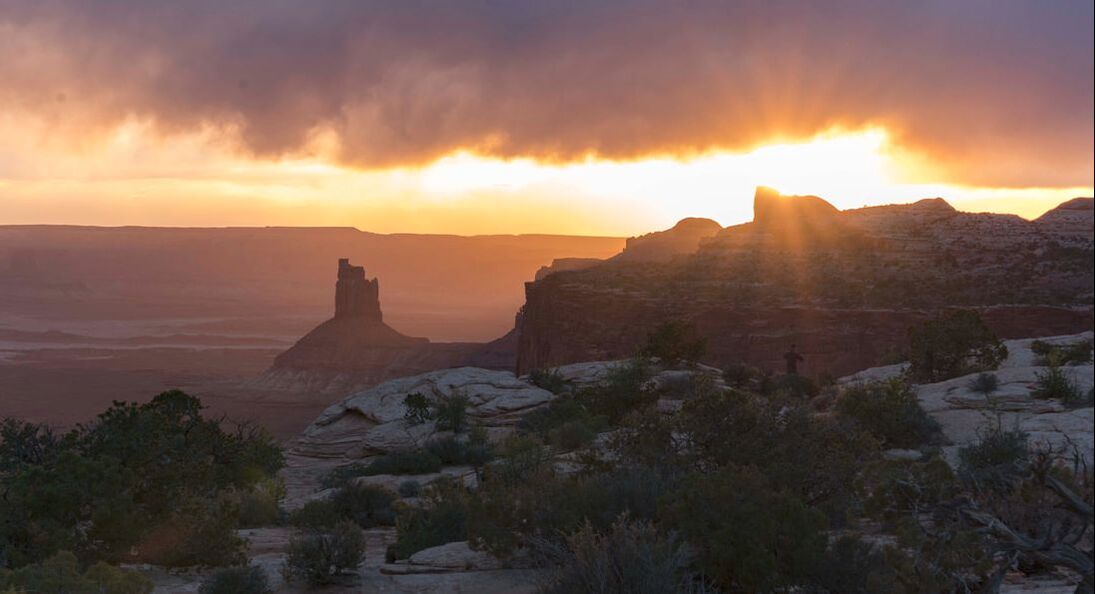
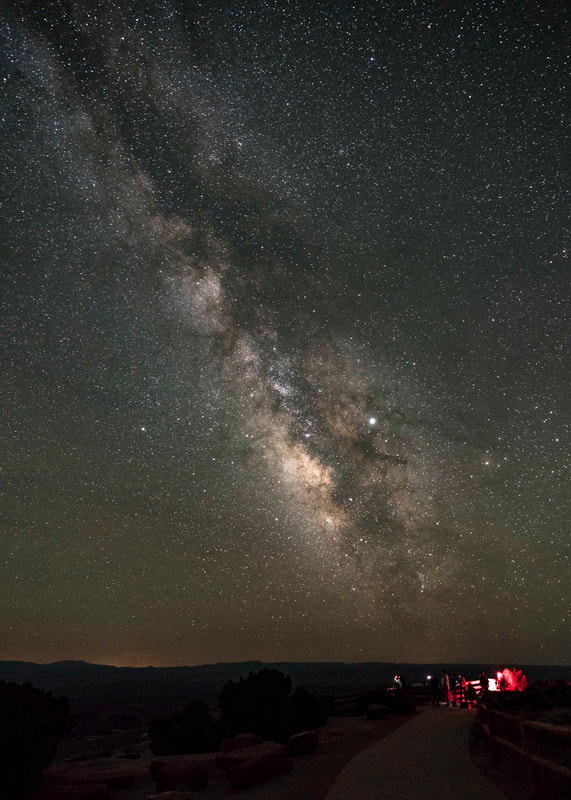
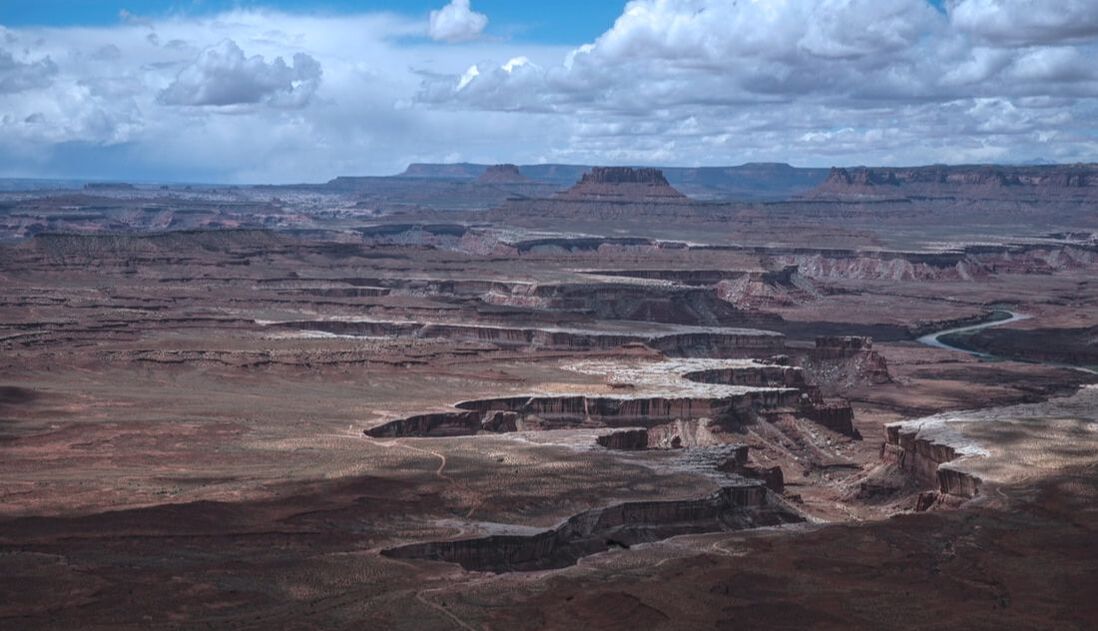
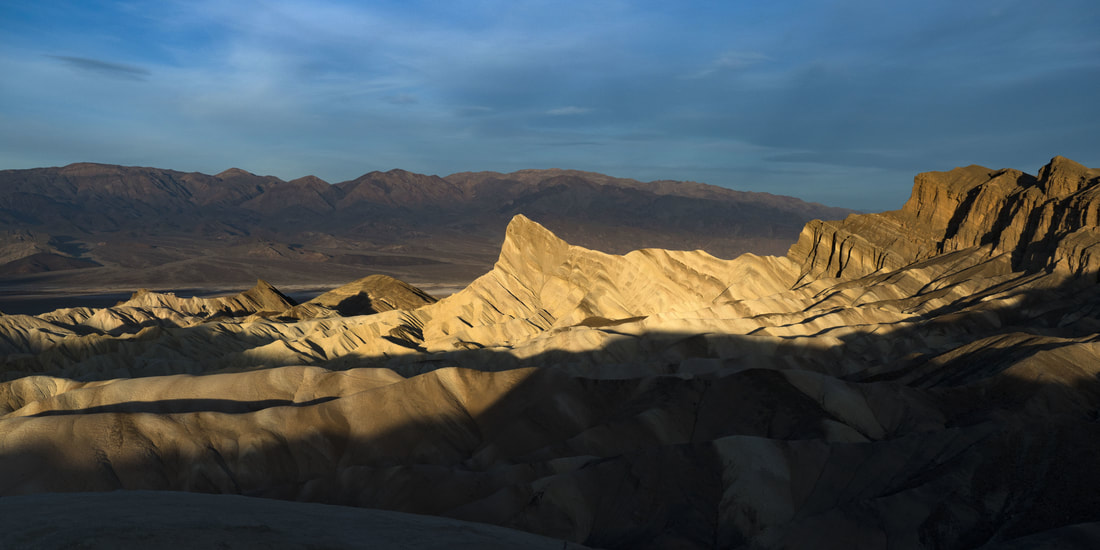
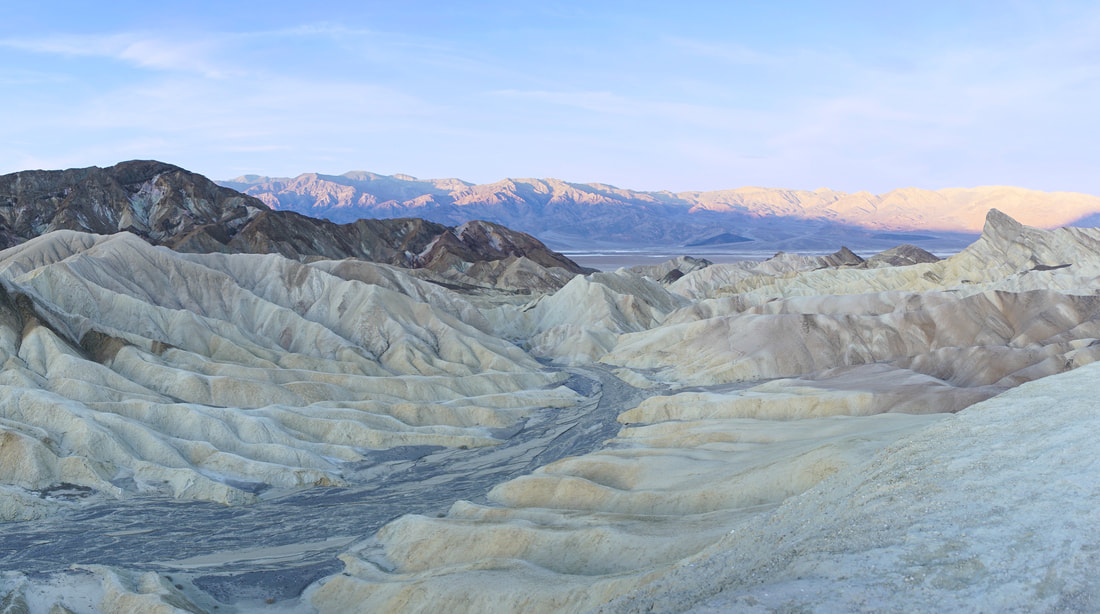
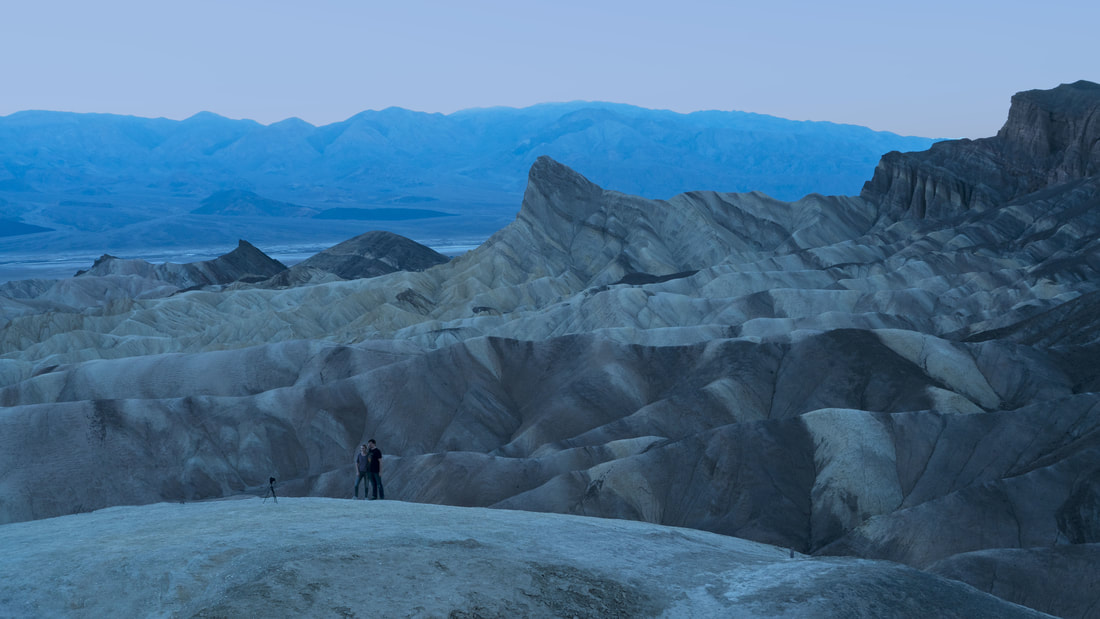
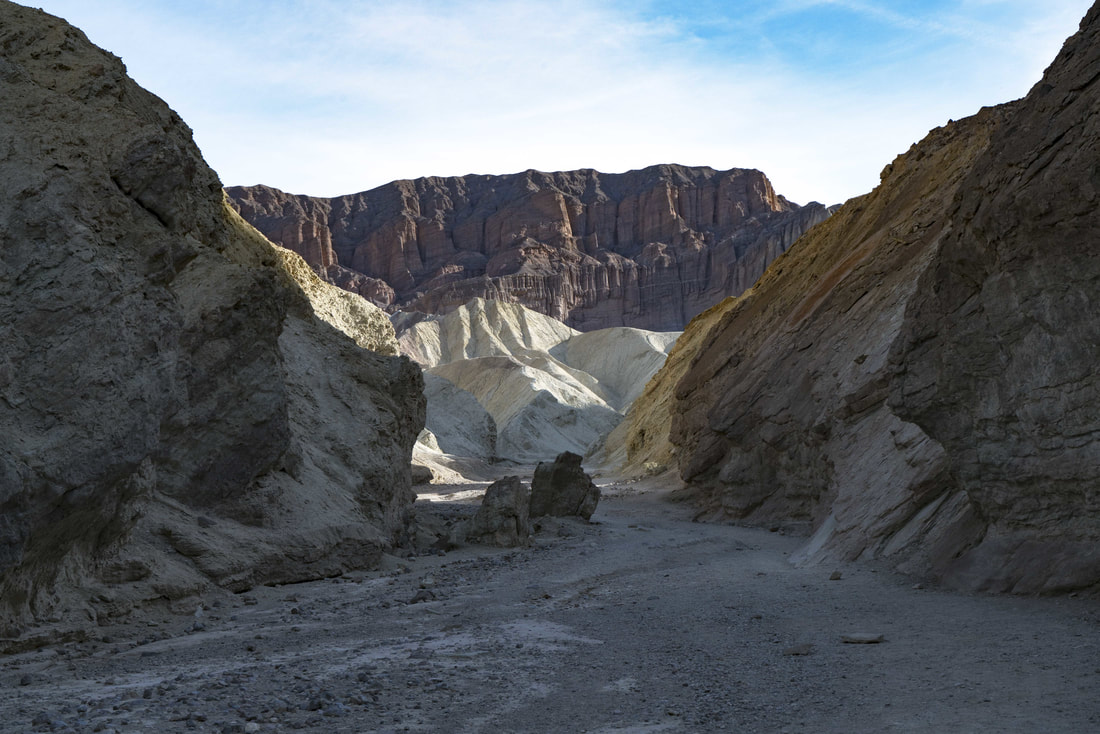
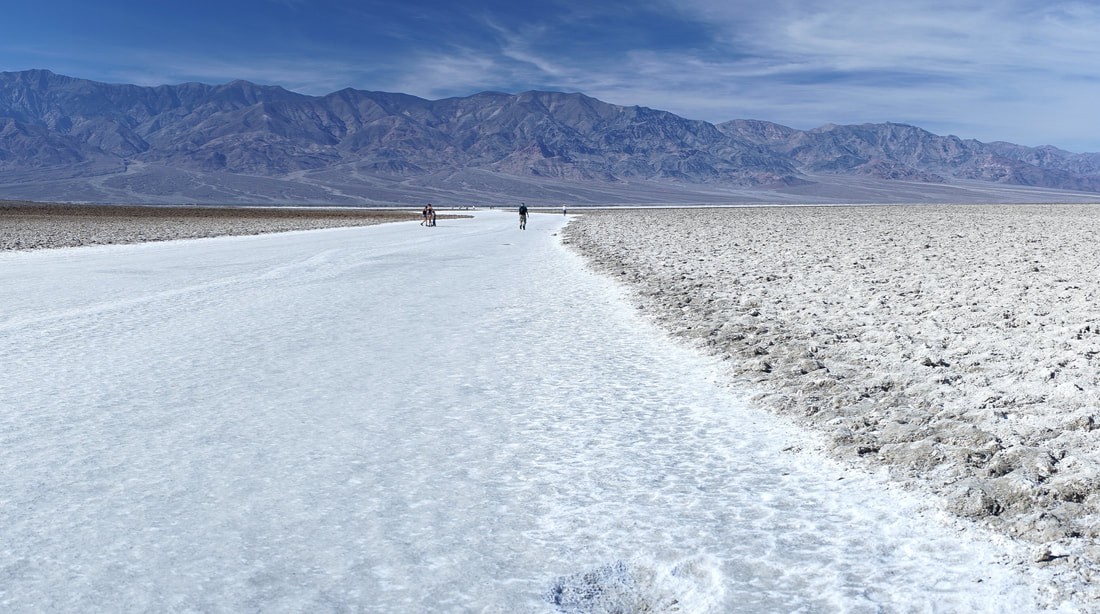
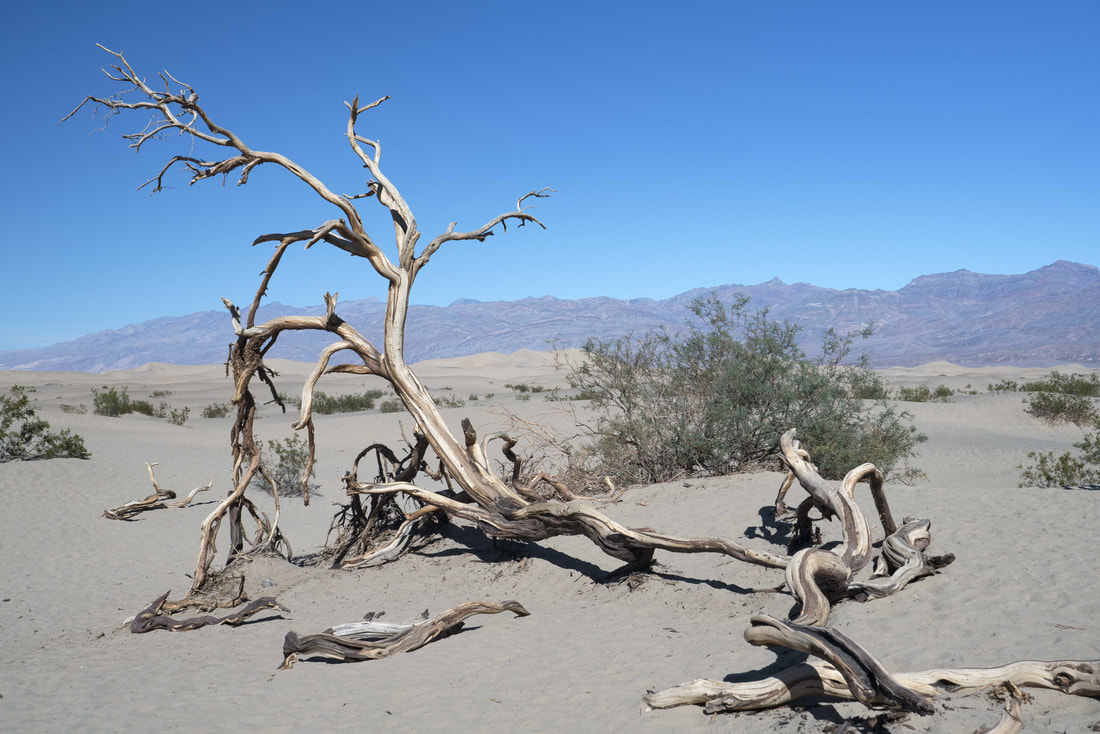
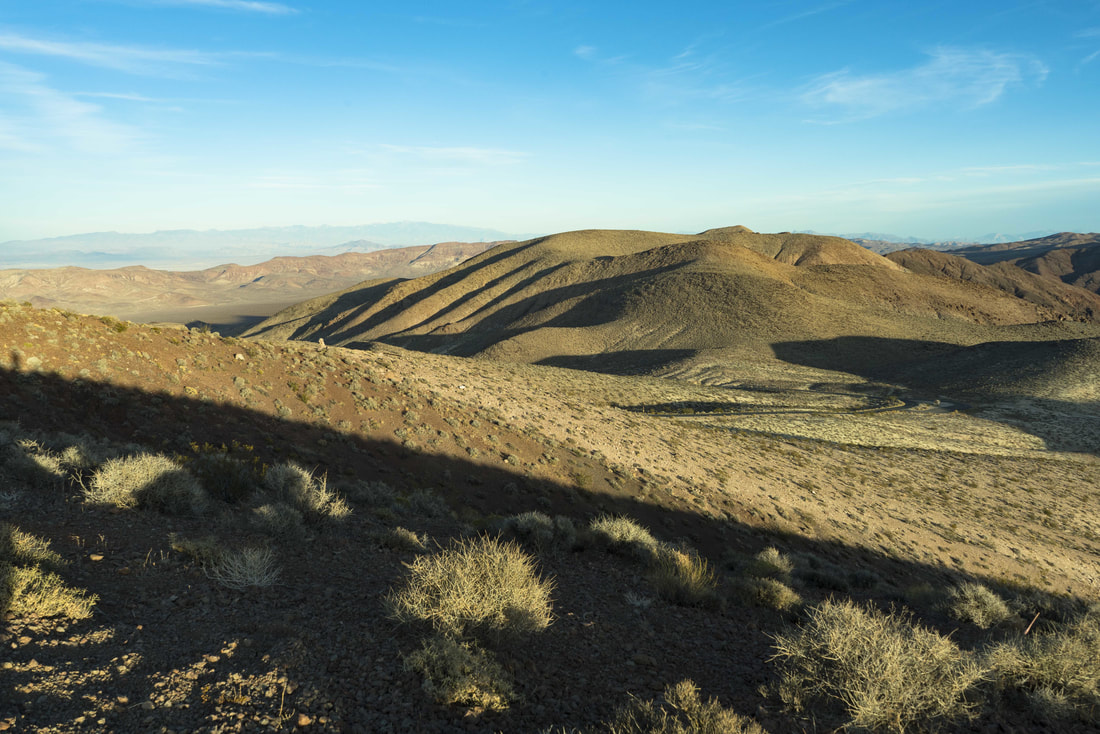
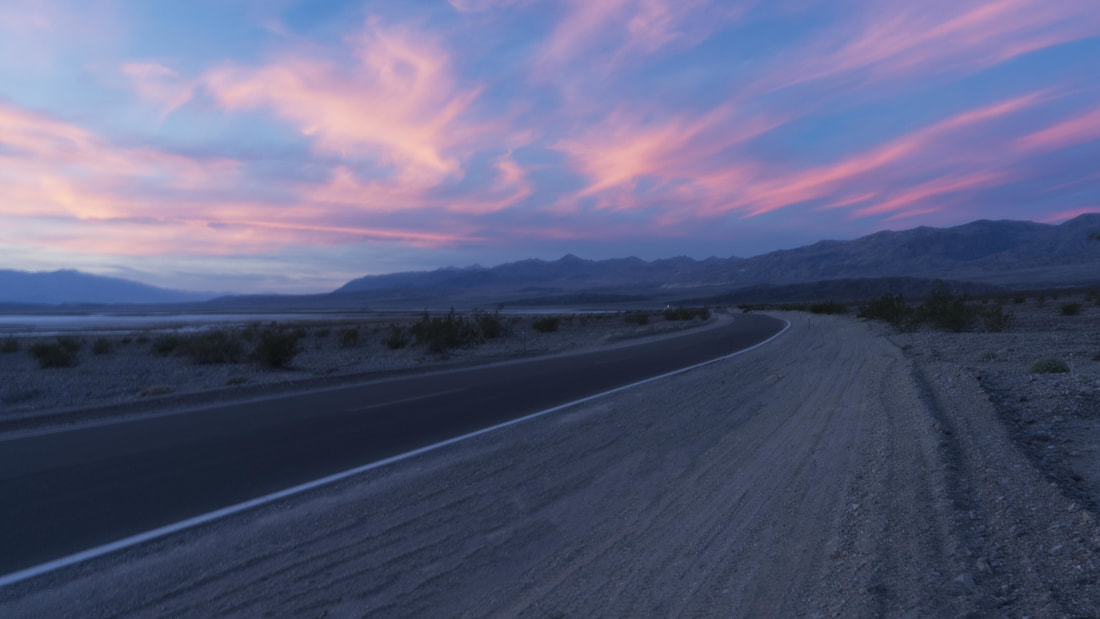
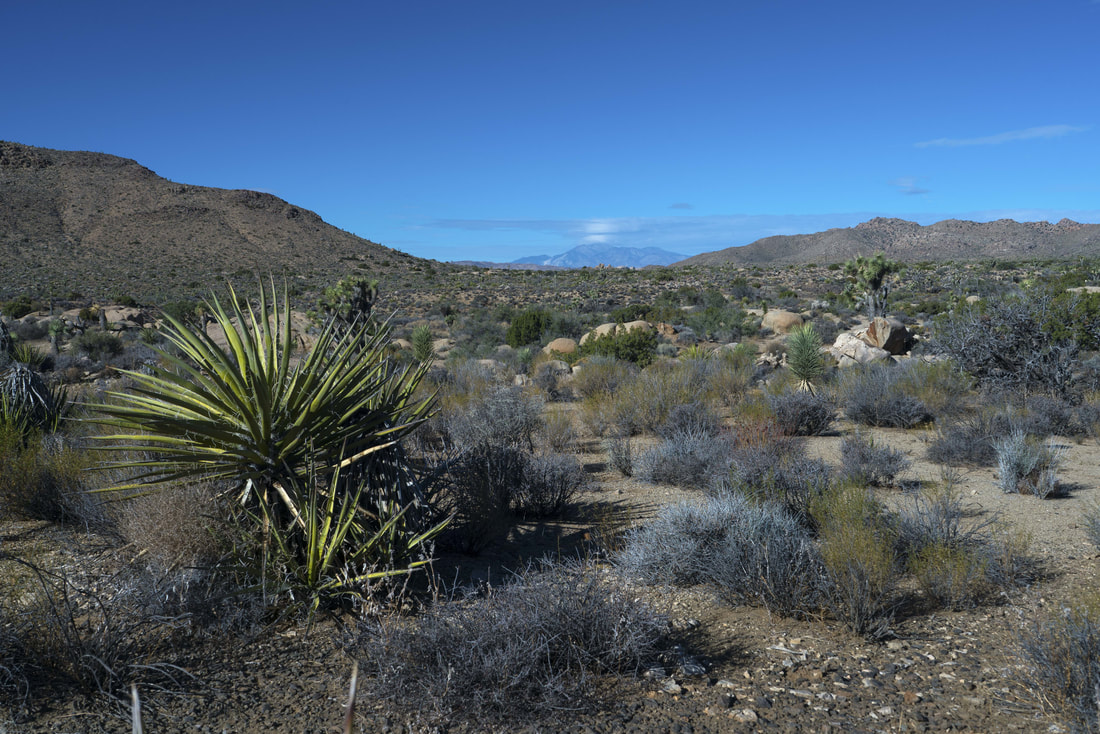
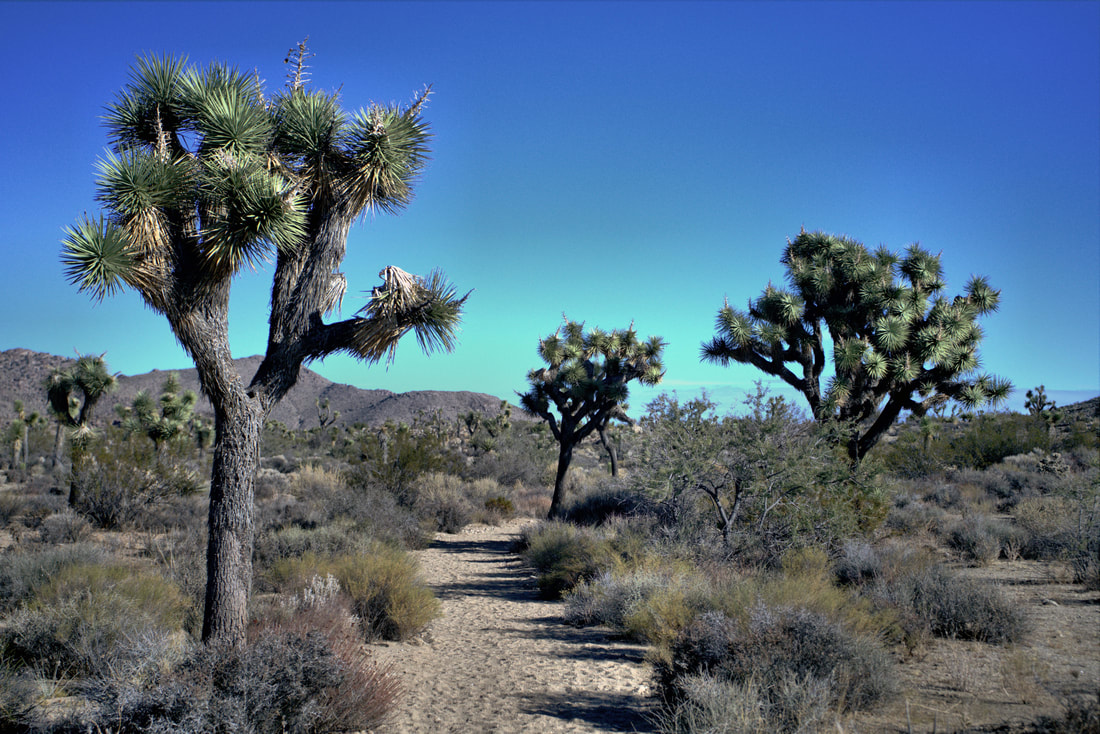
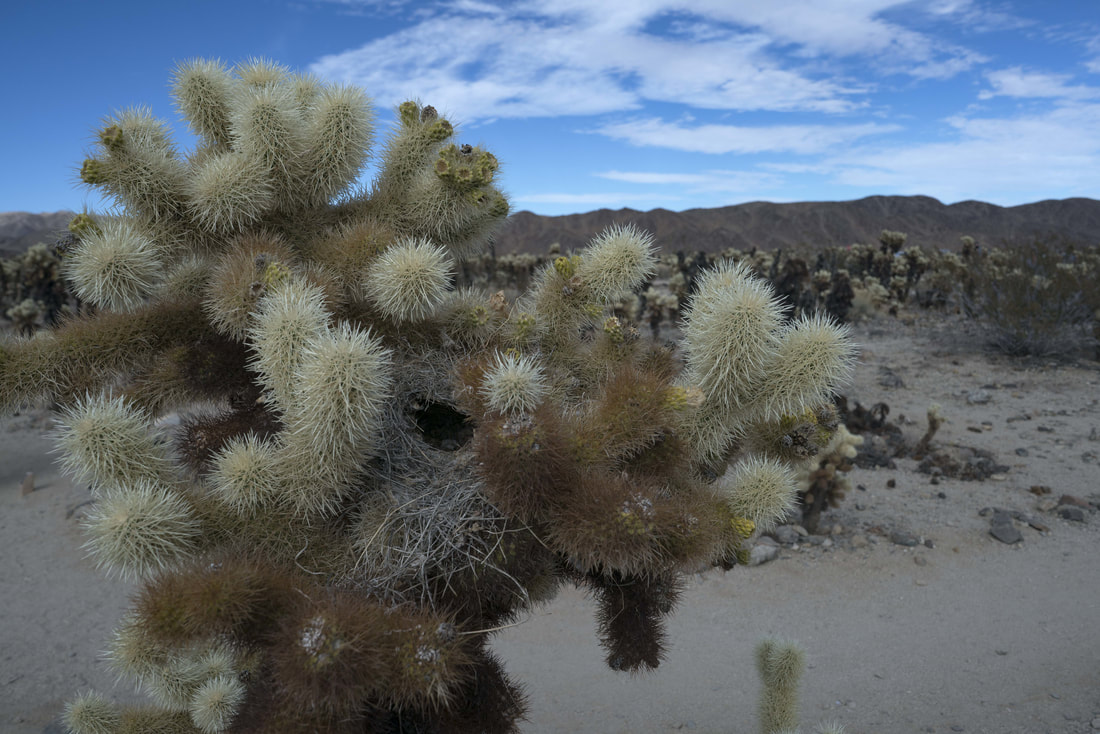
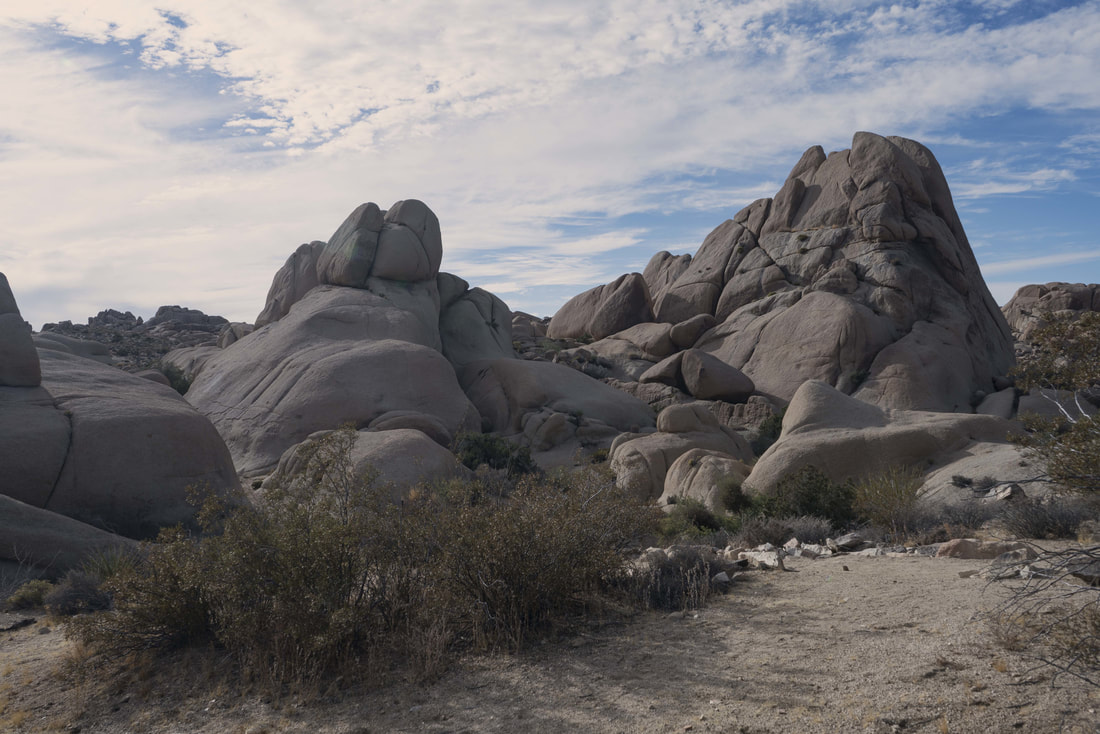
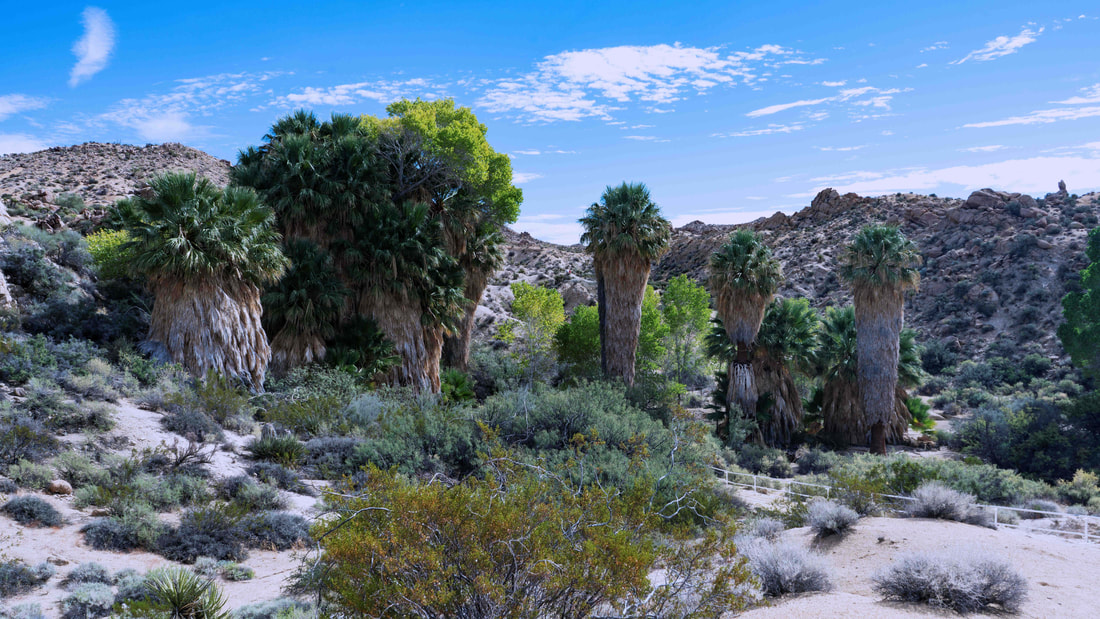
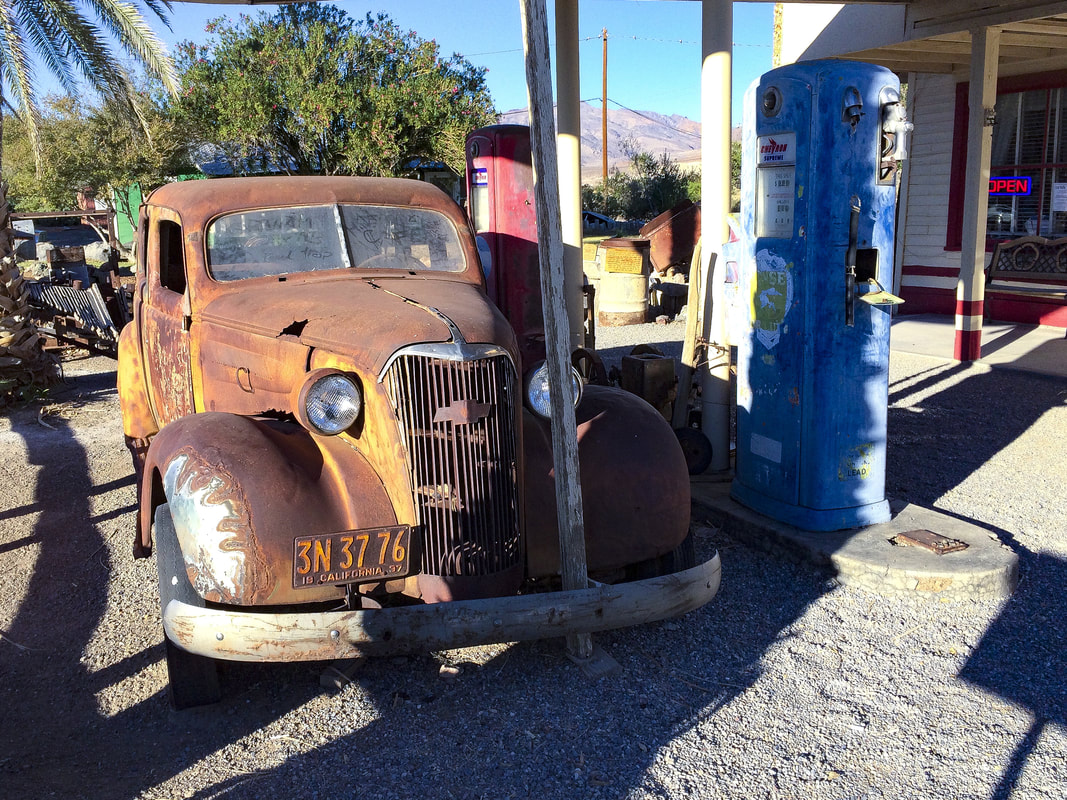
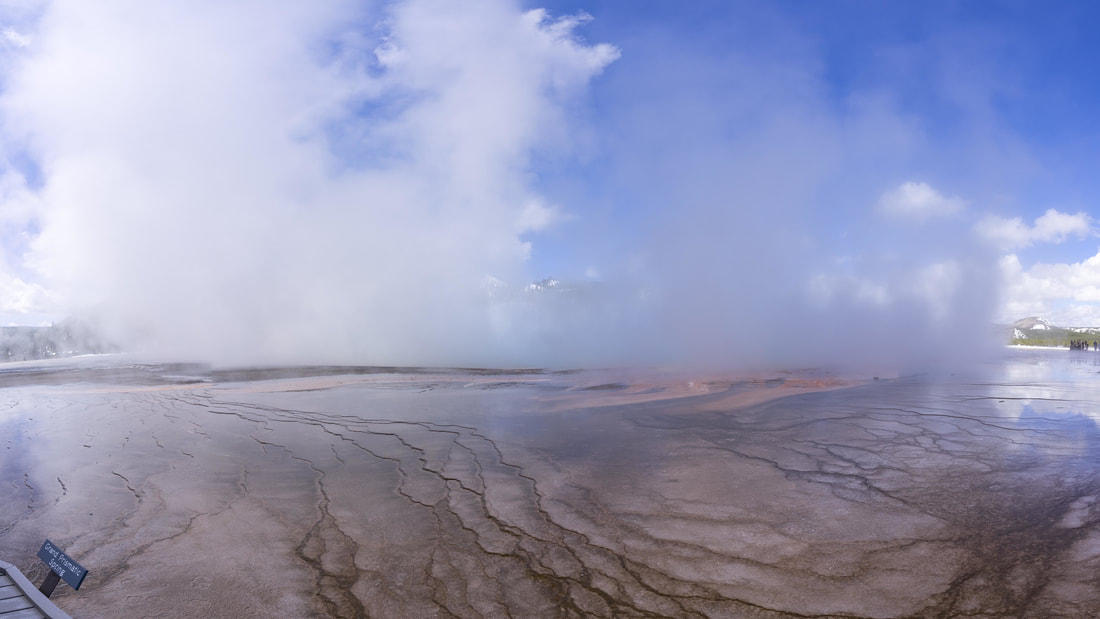
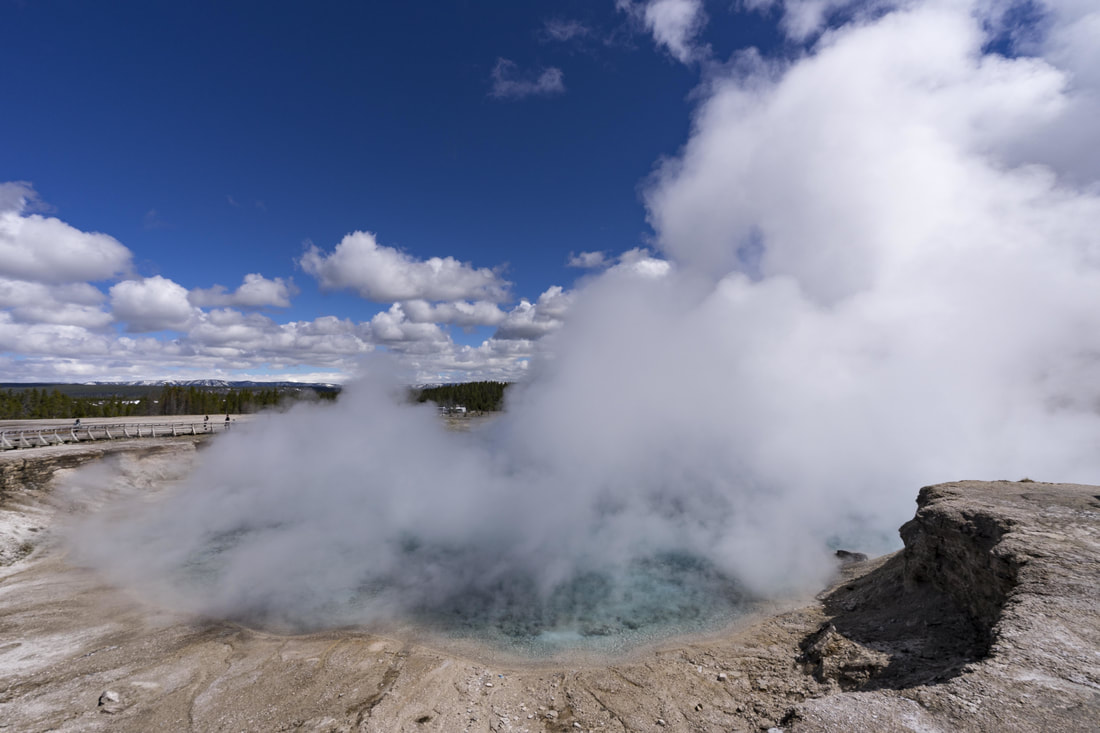
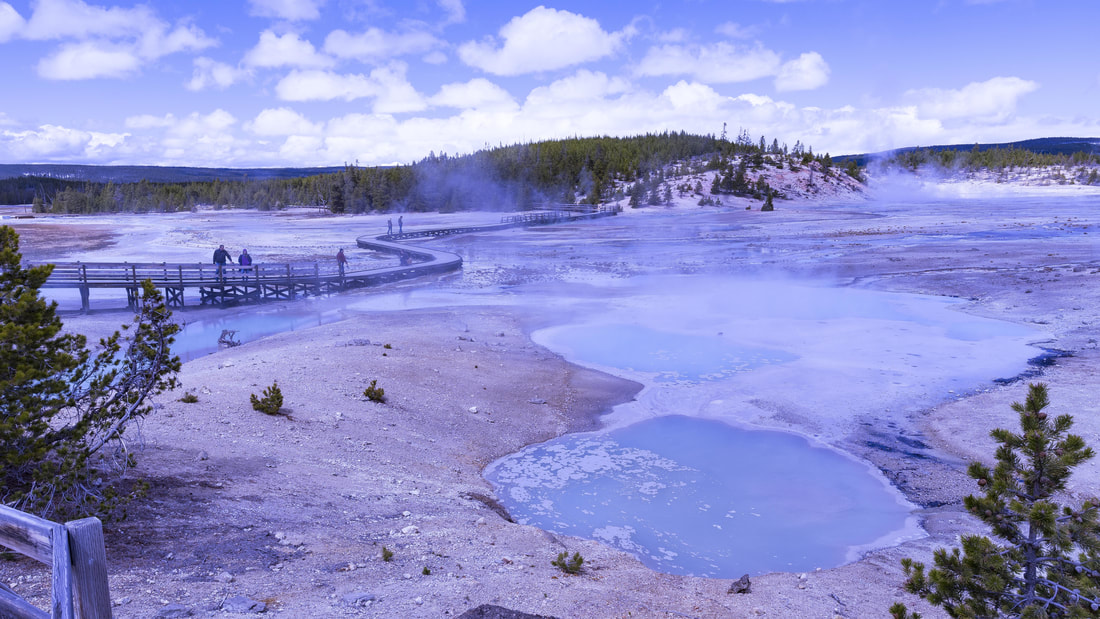
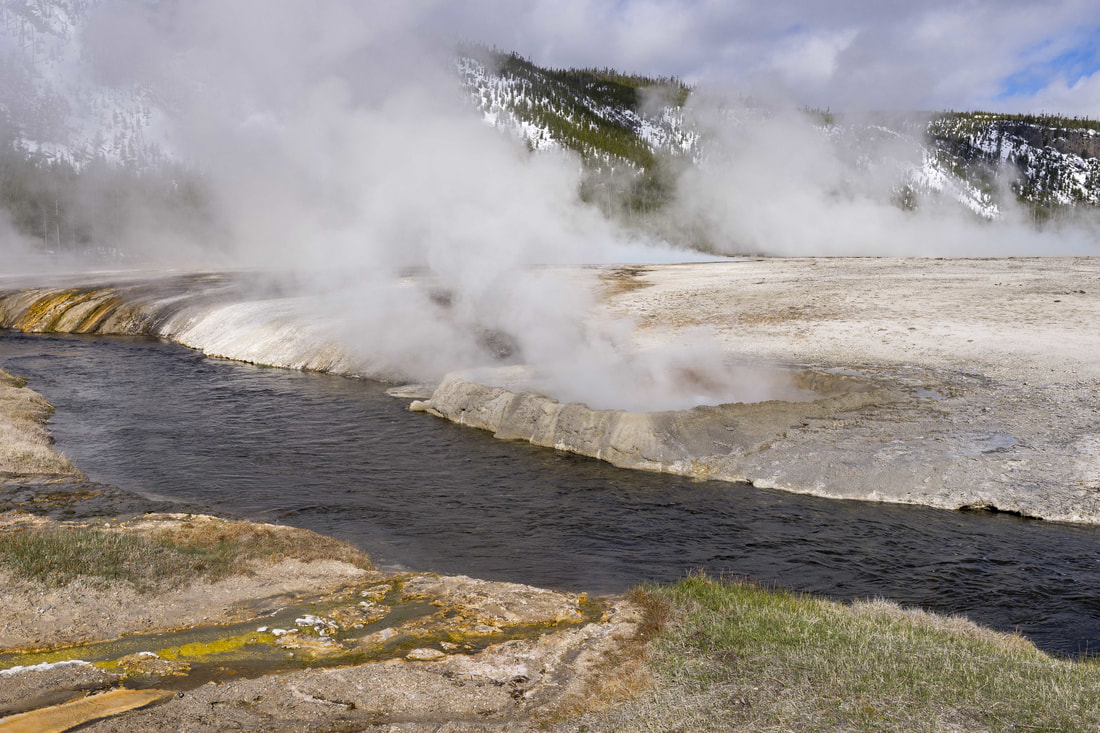
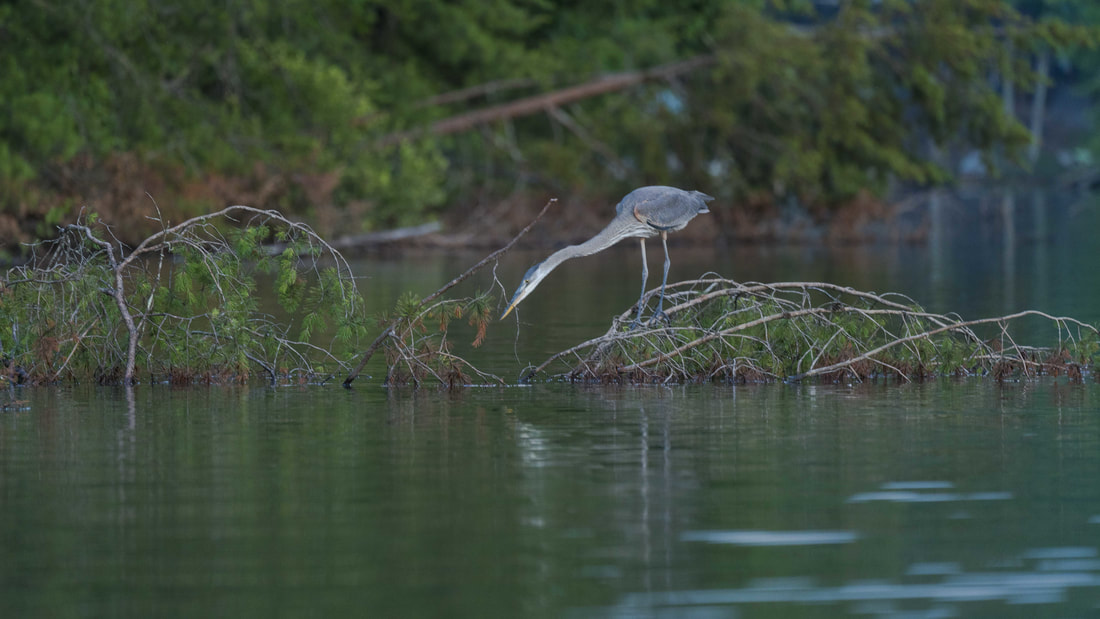
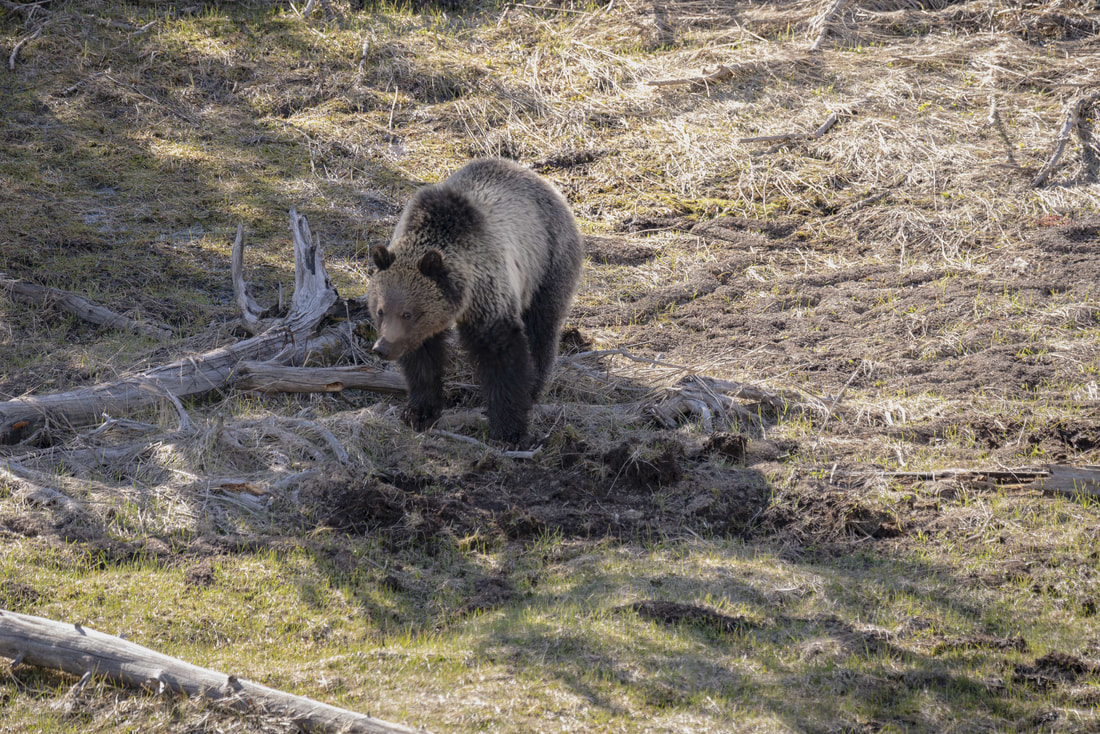
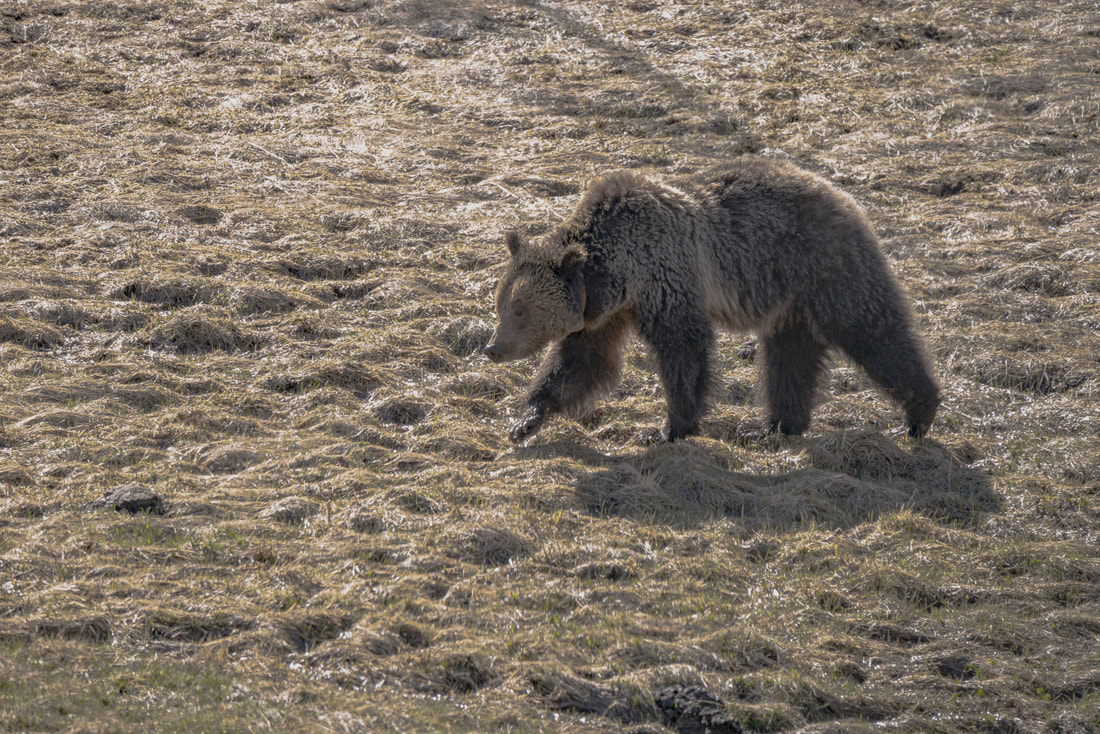
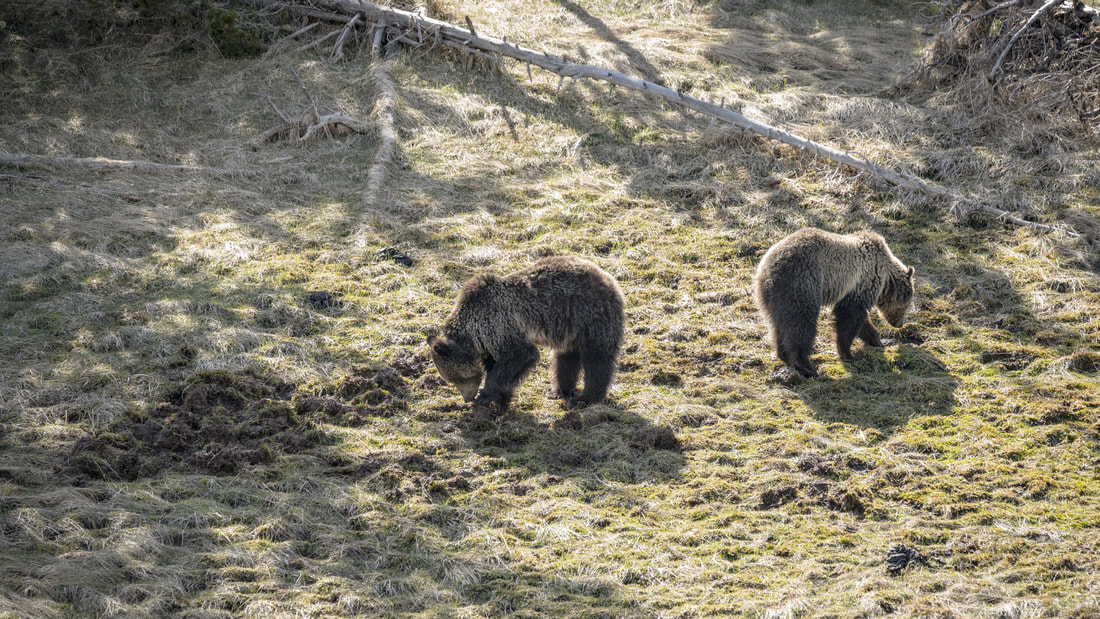
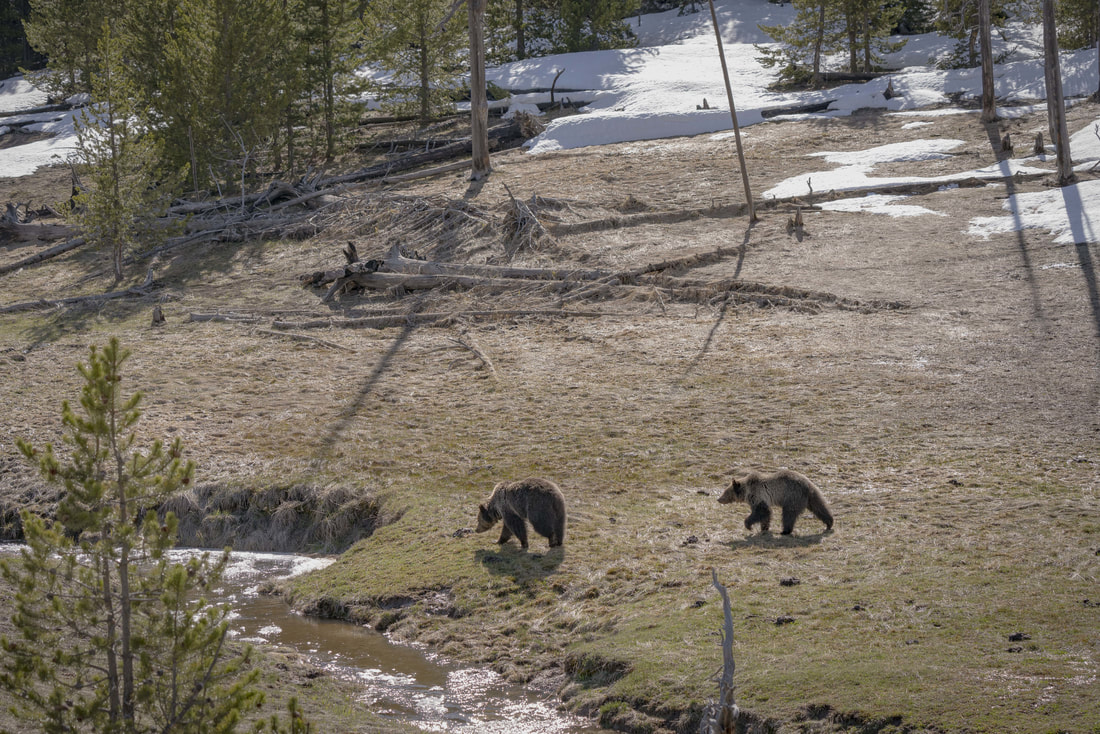
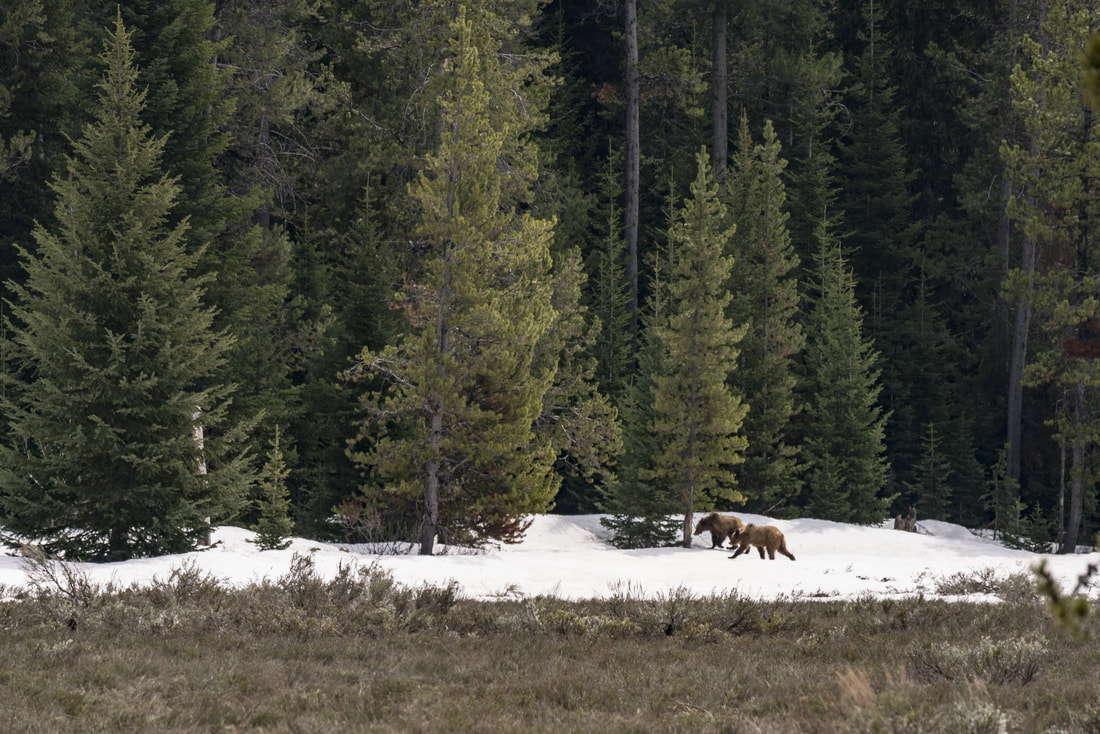
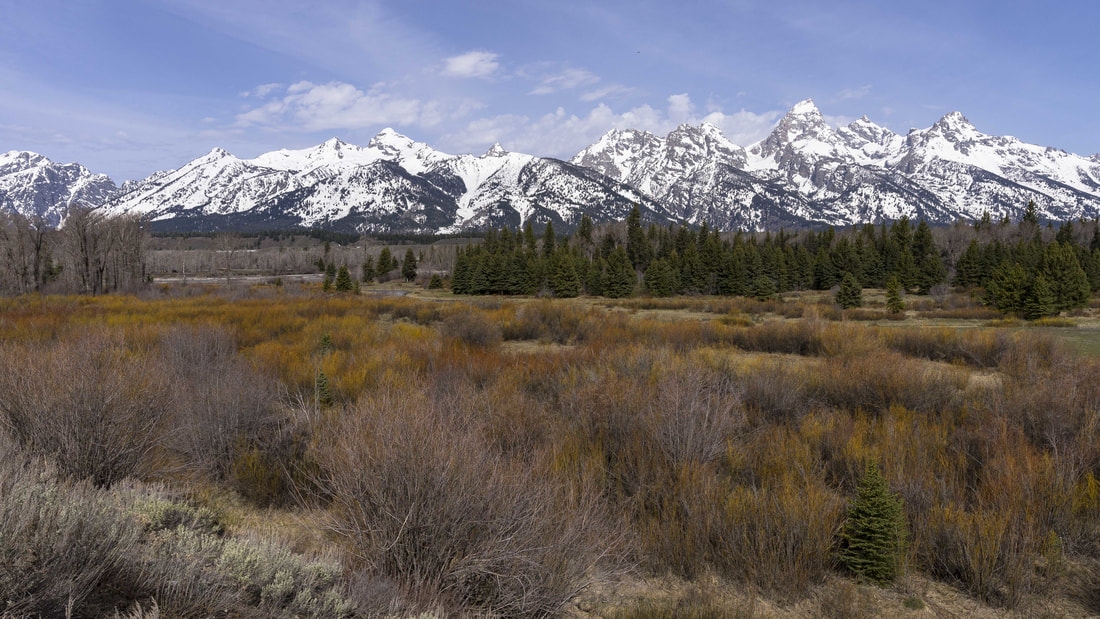
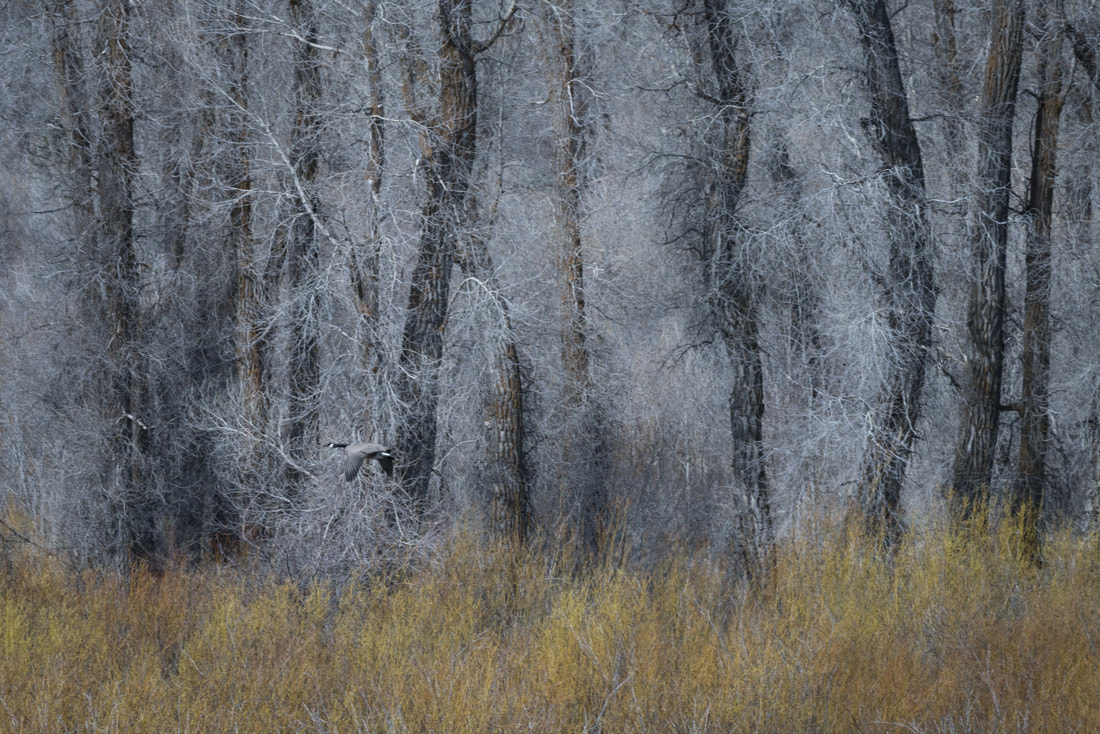
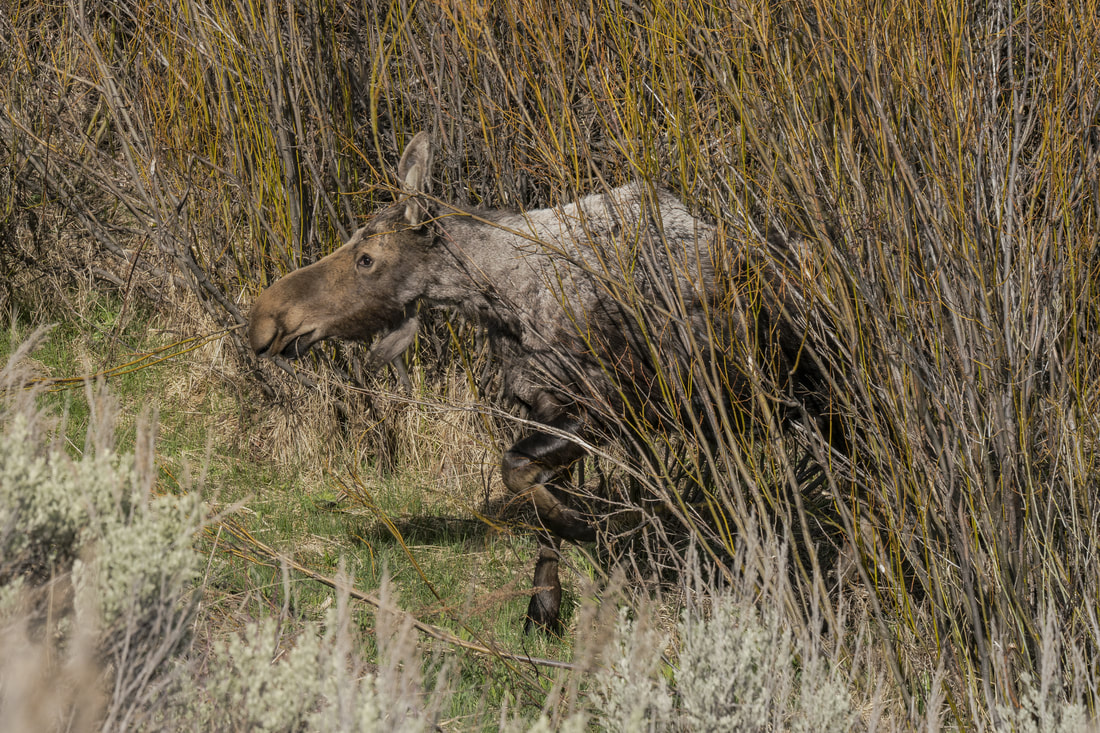
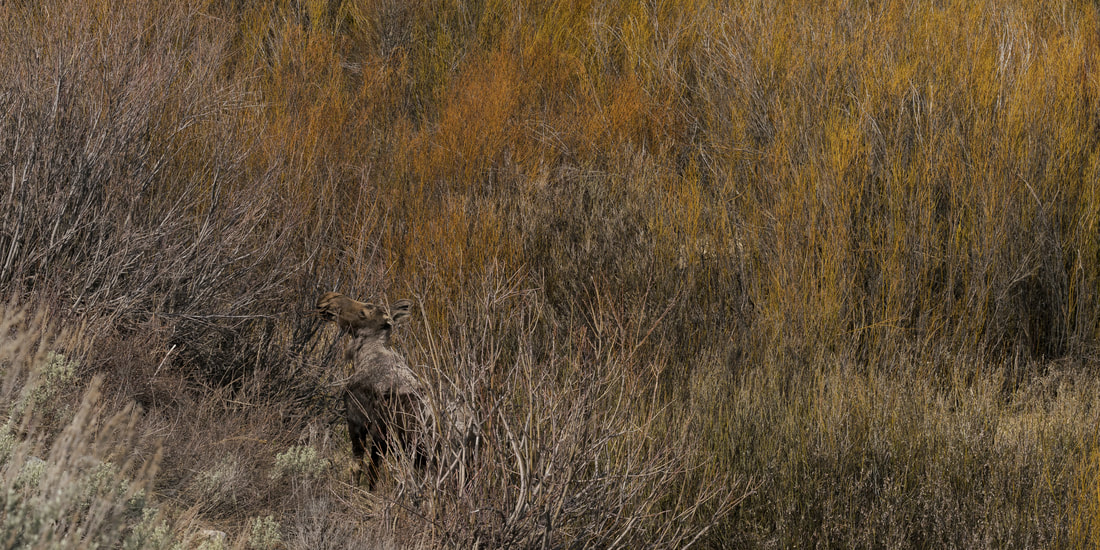
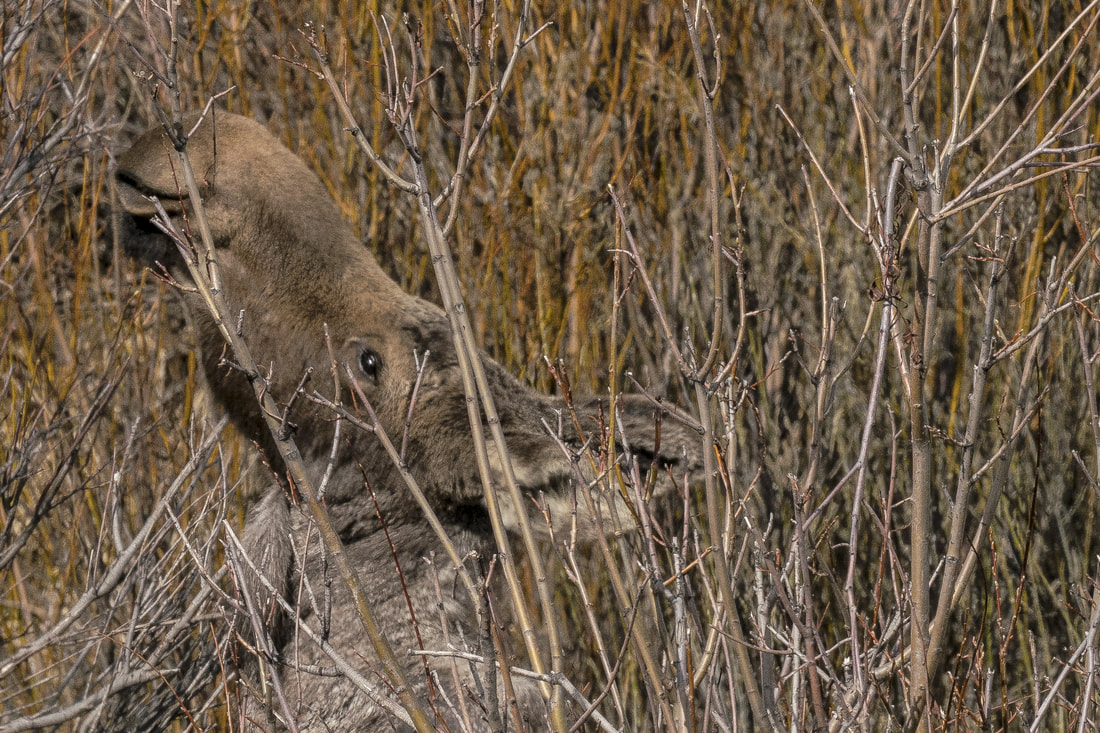
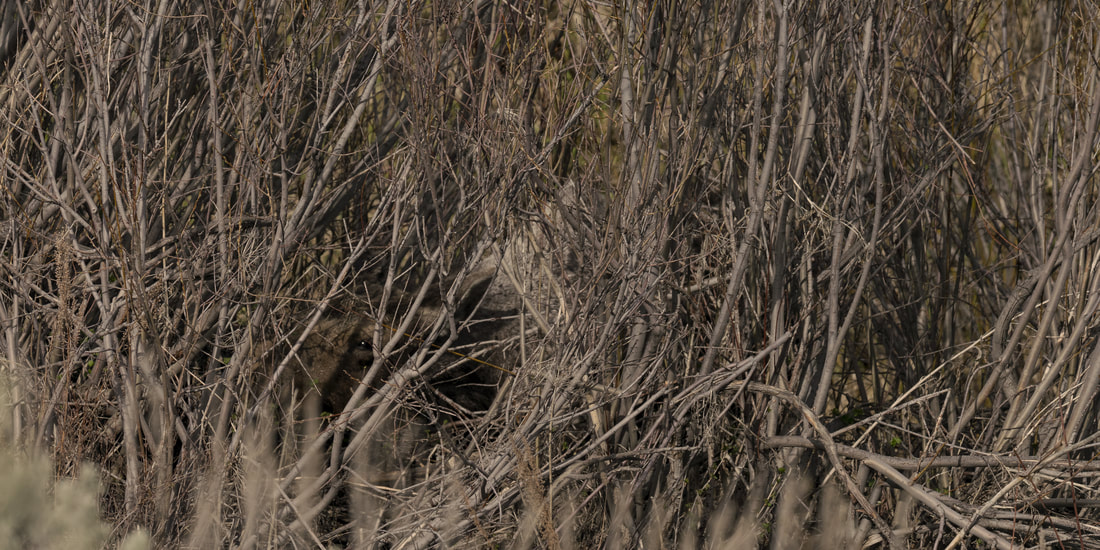
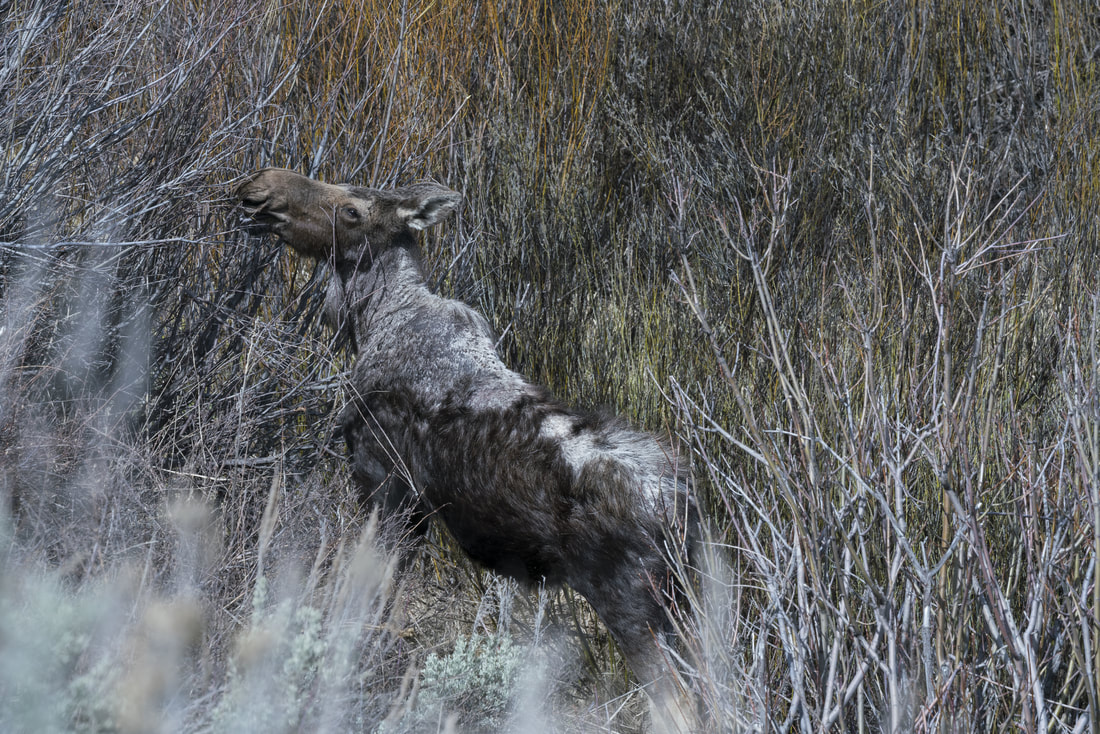
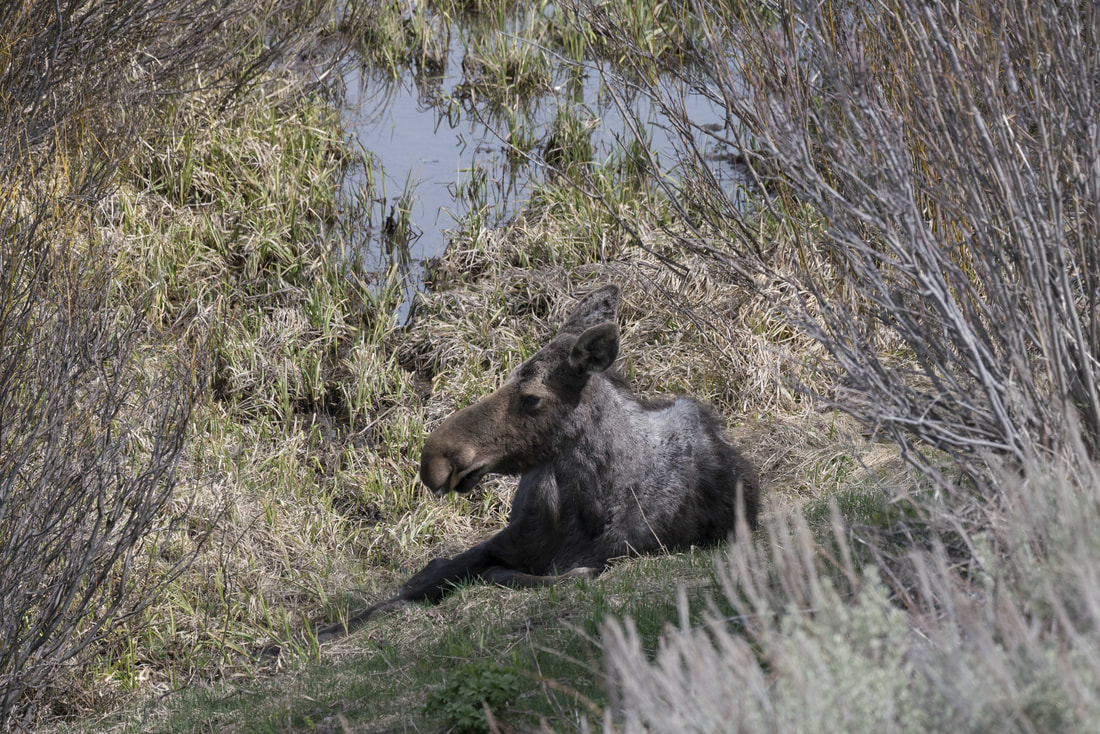
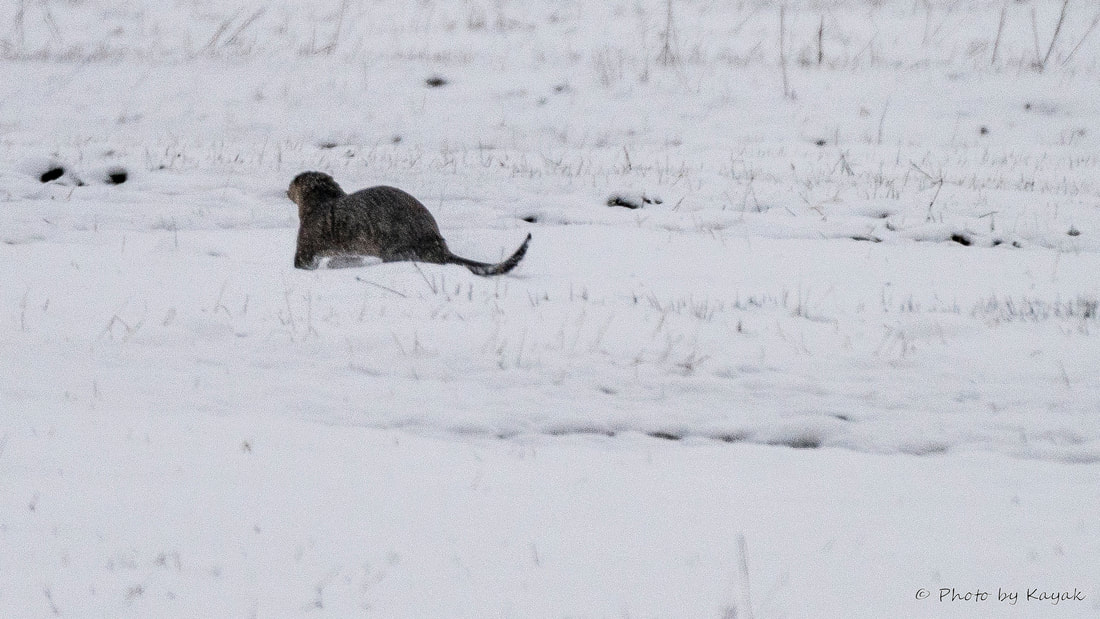
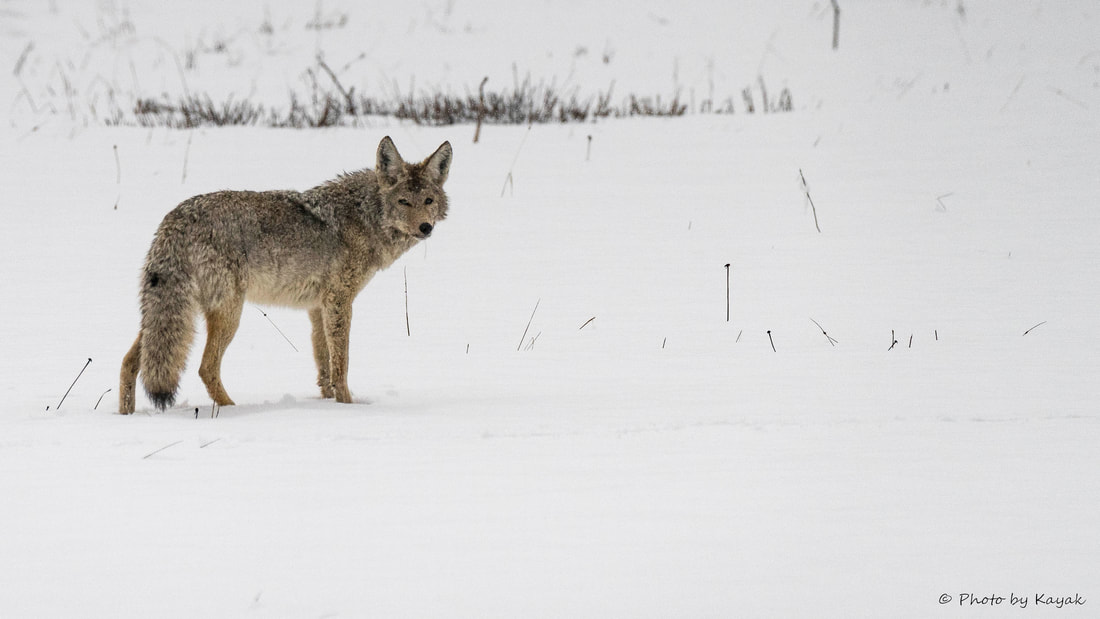
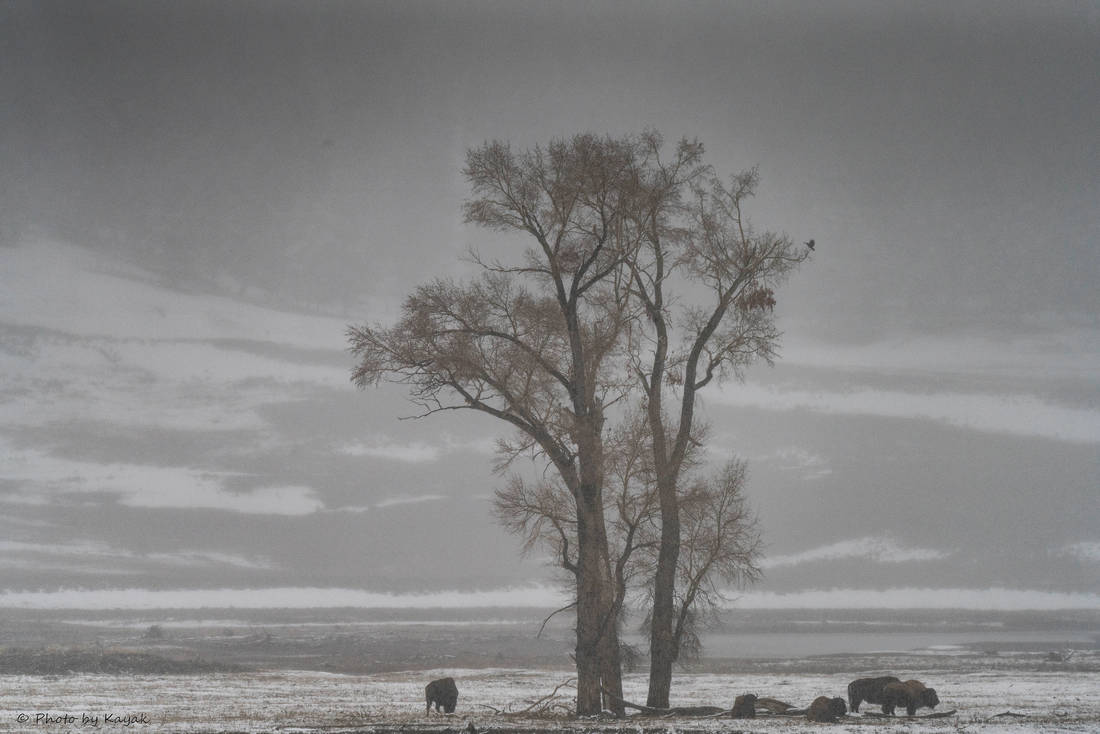
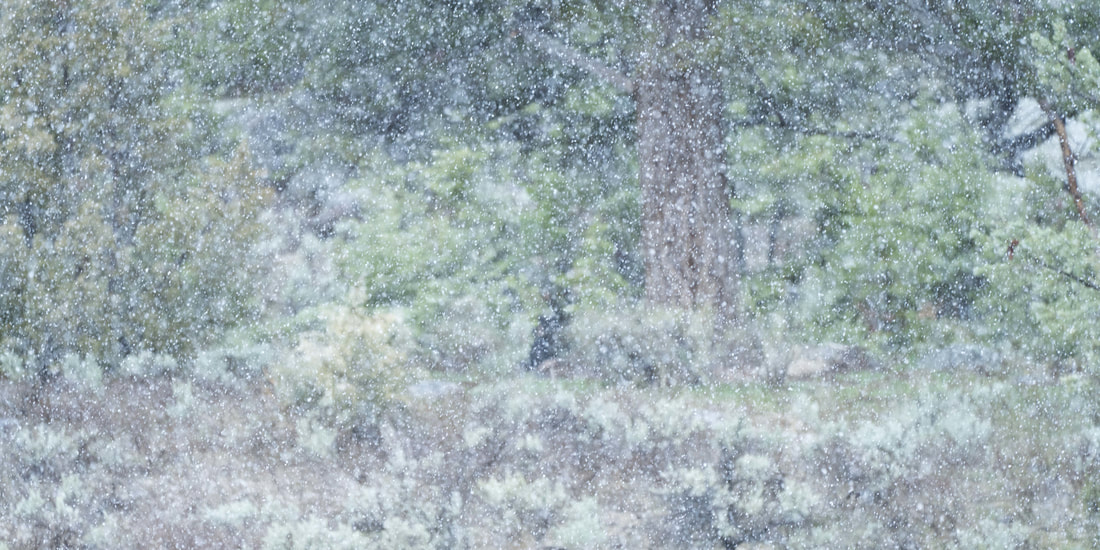
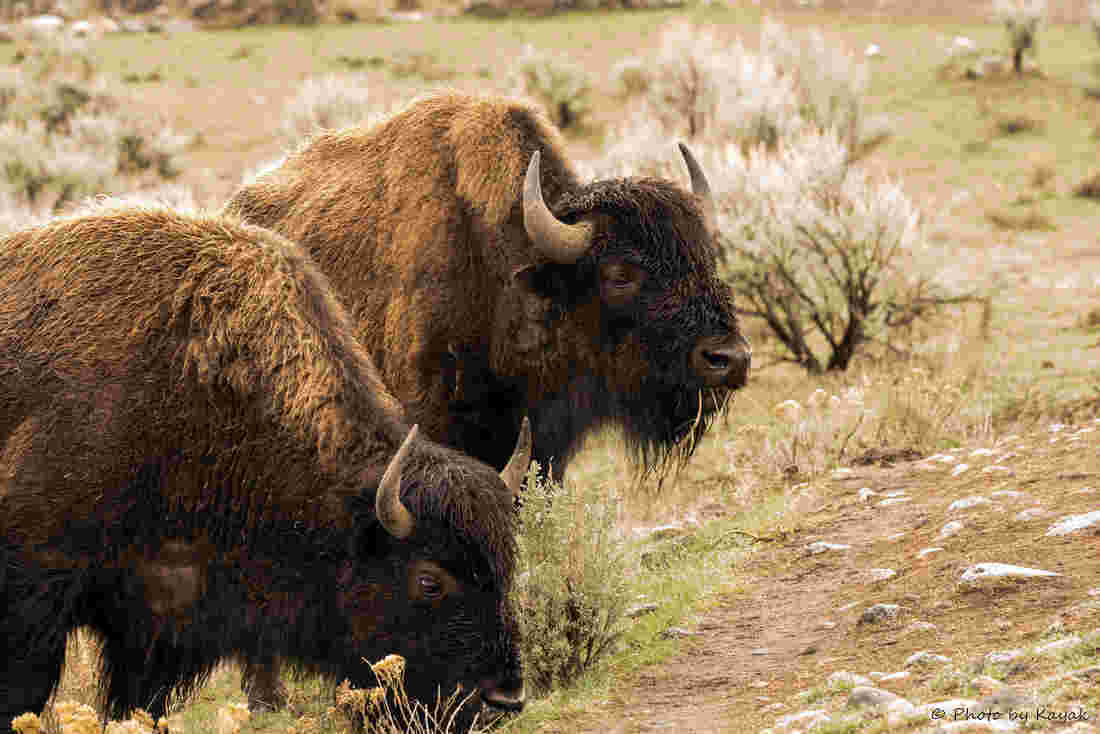
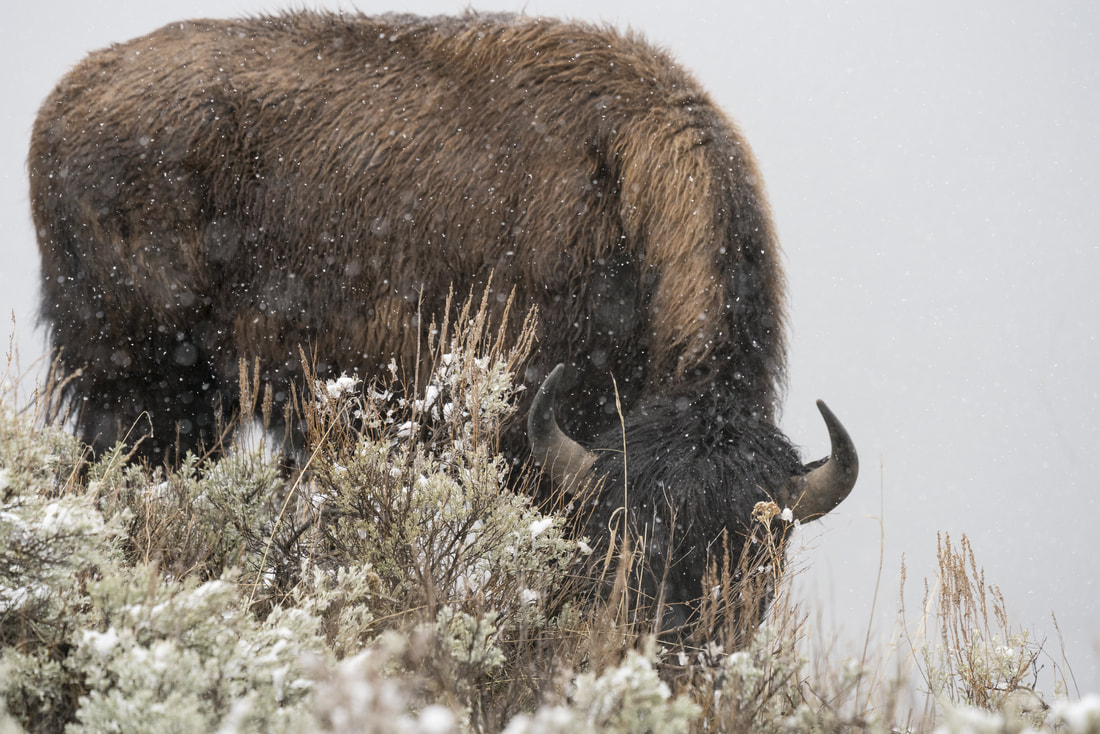
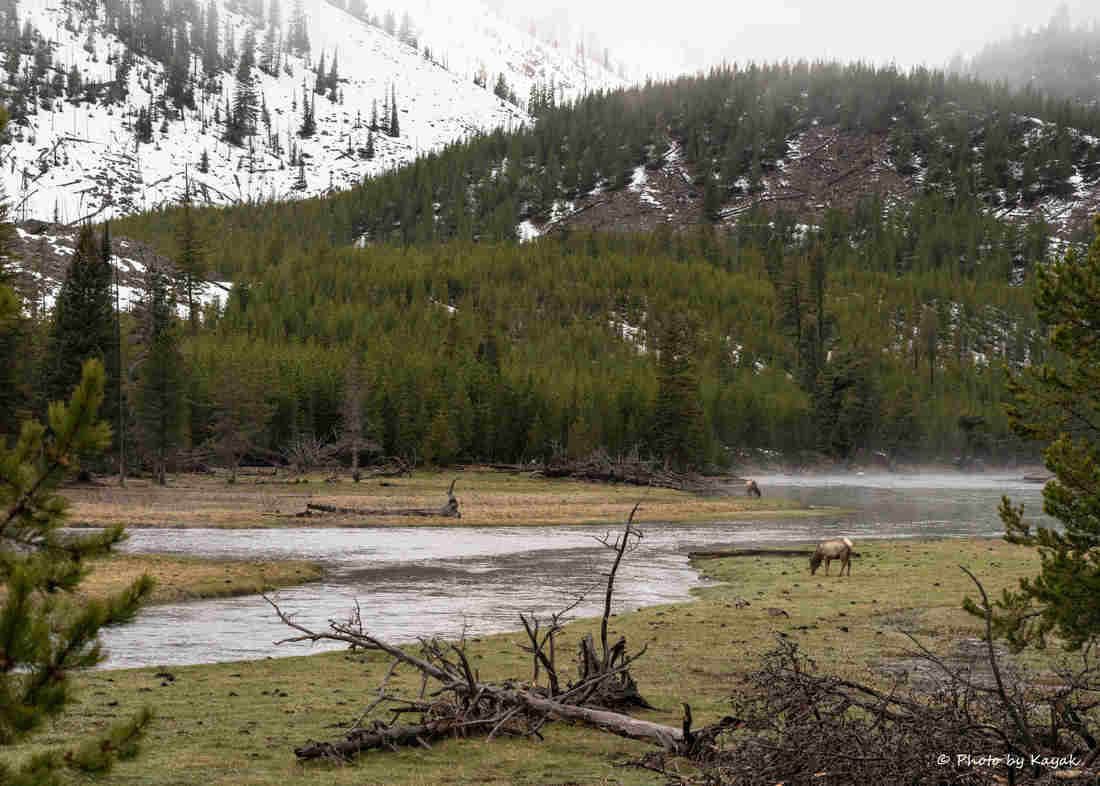
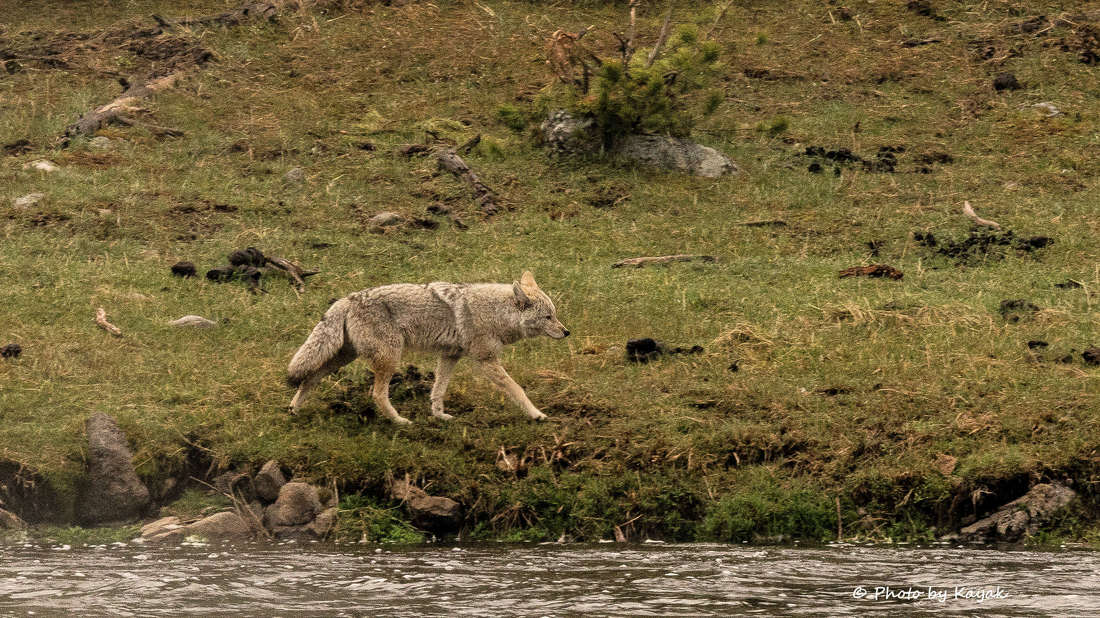
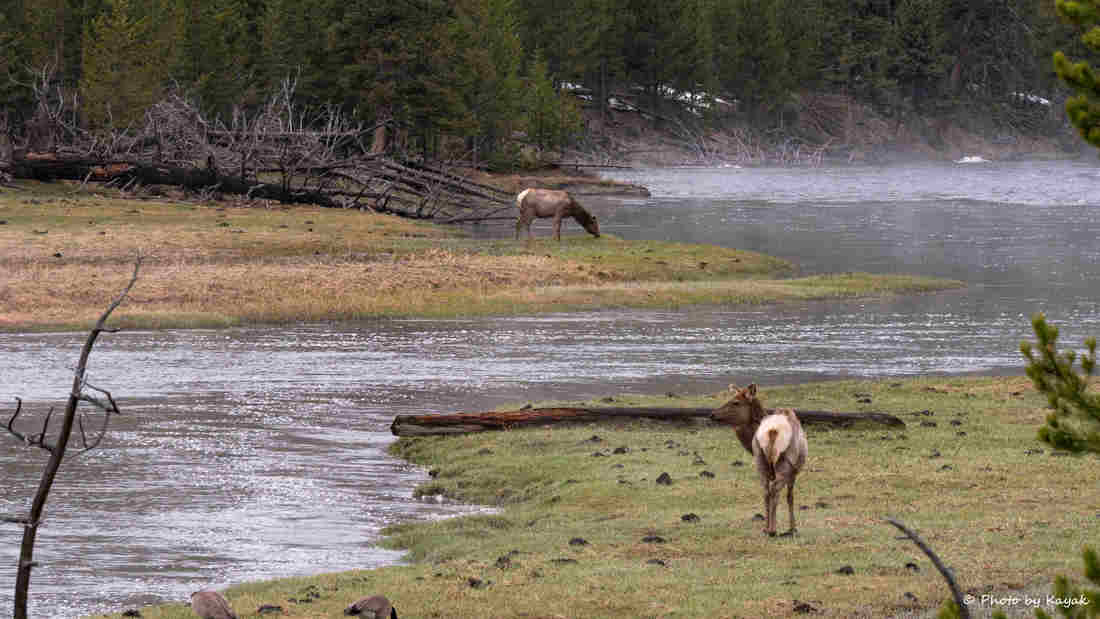
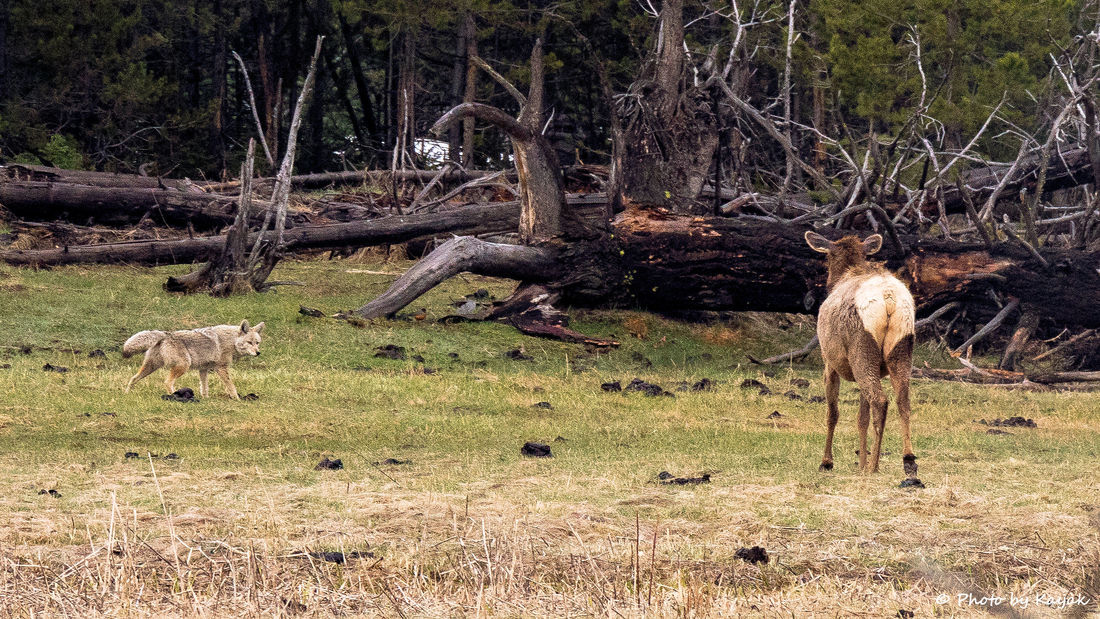
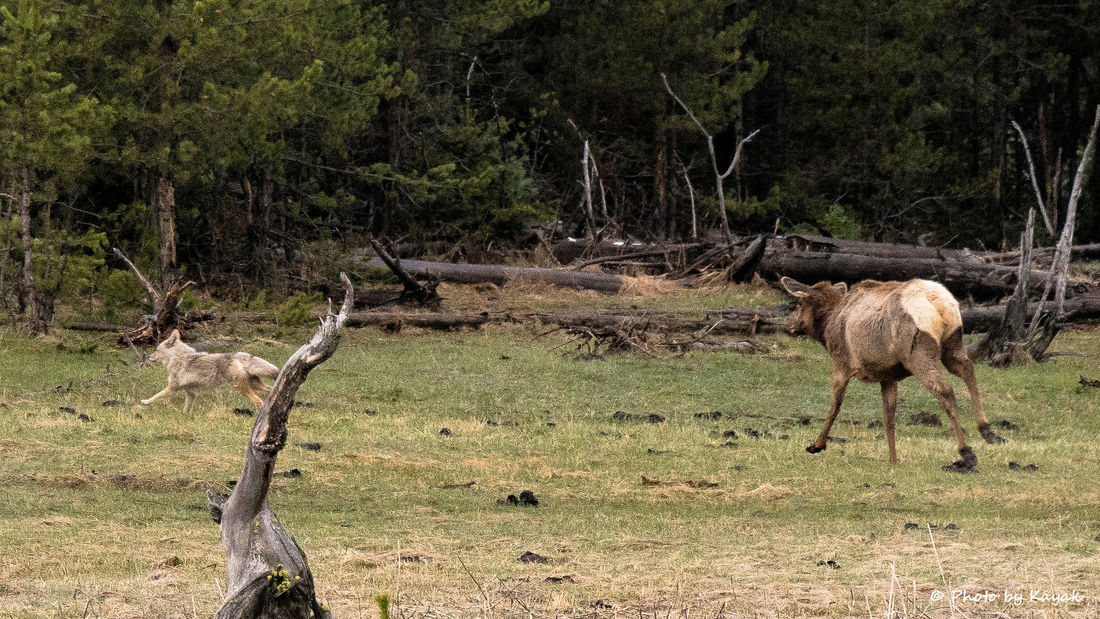
 RSS Feed
RSS Feed